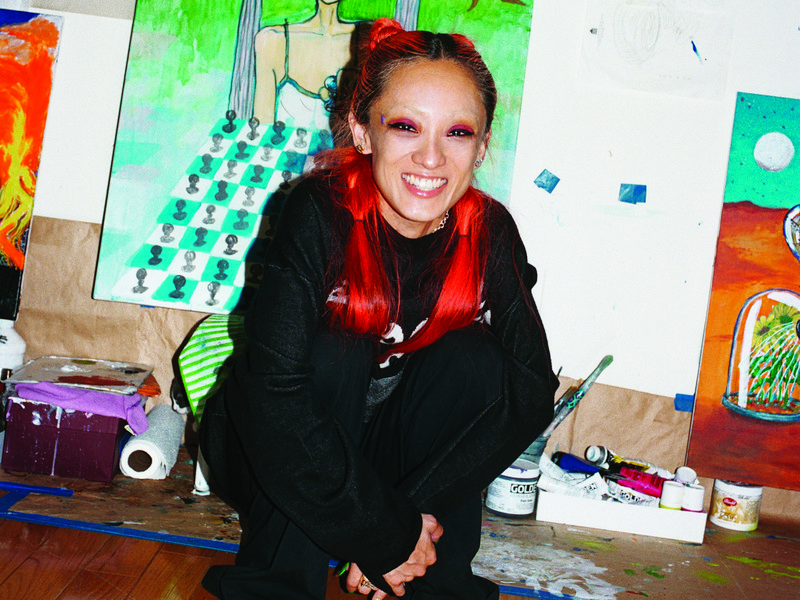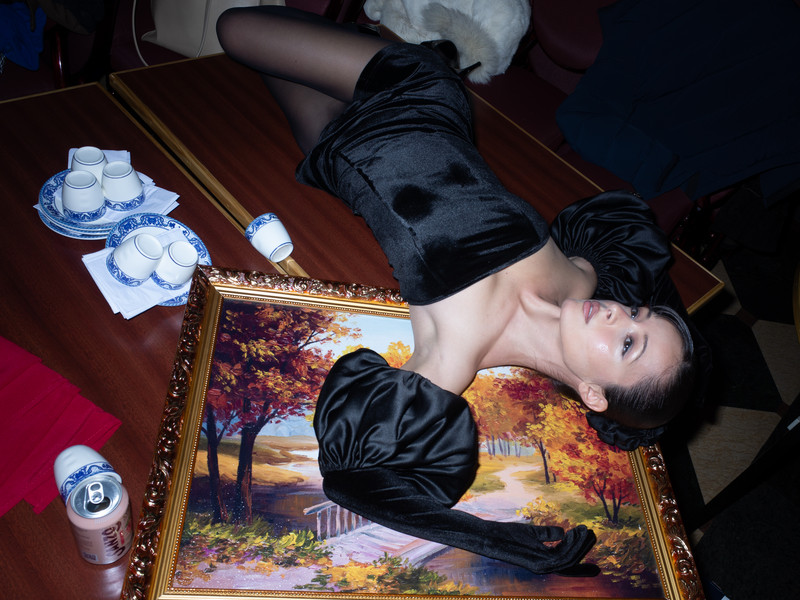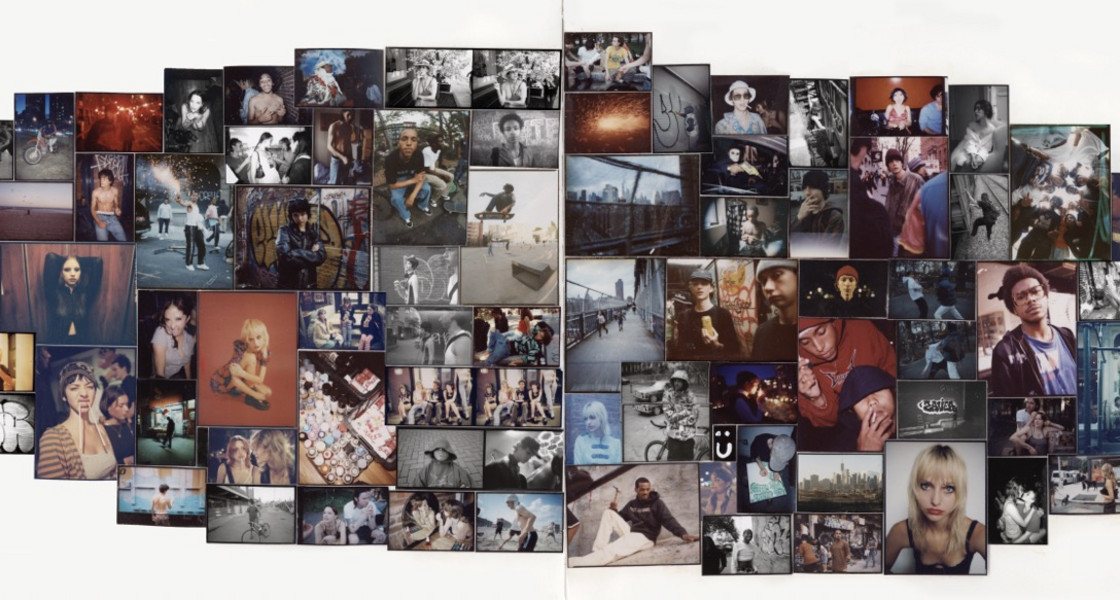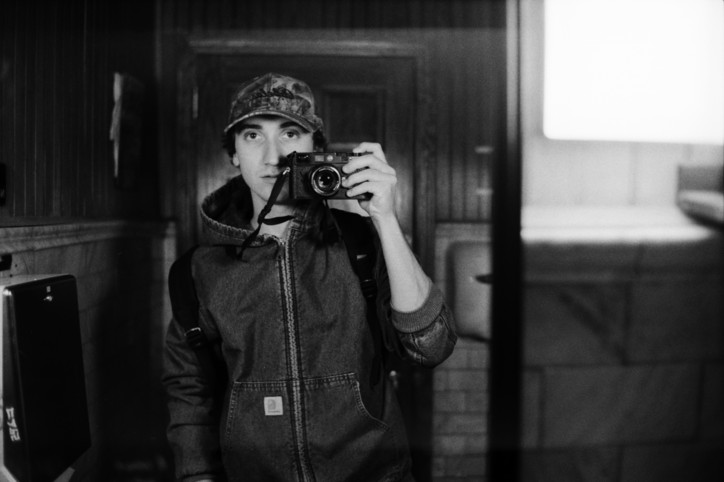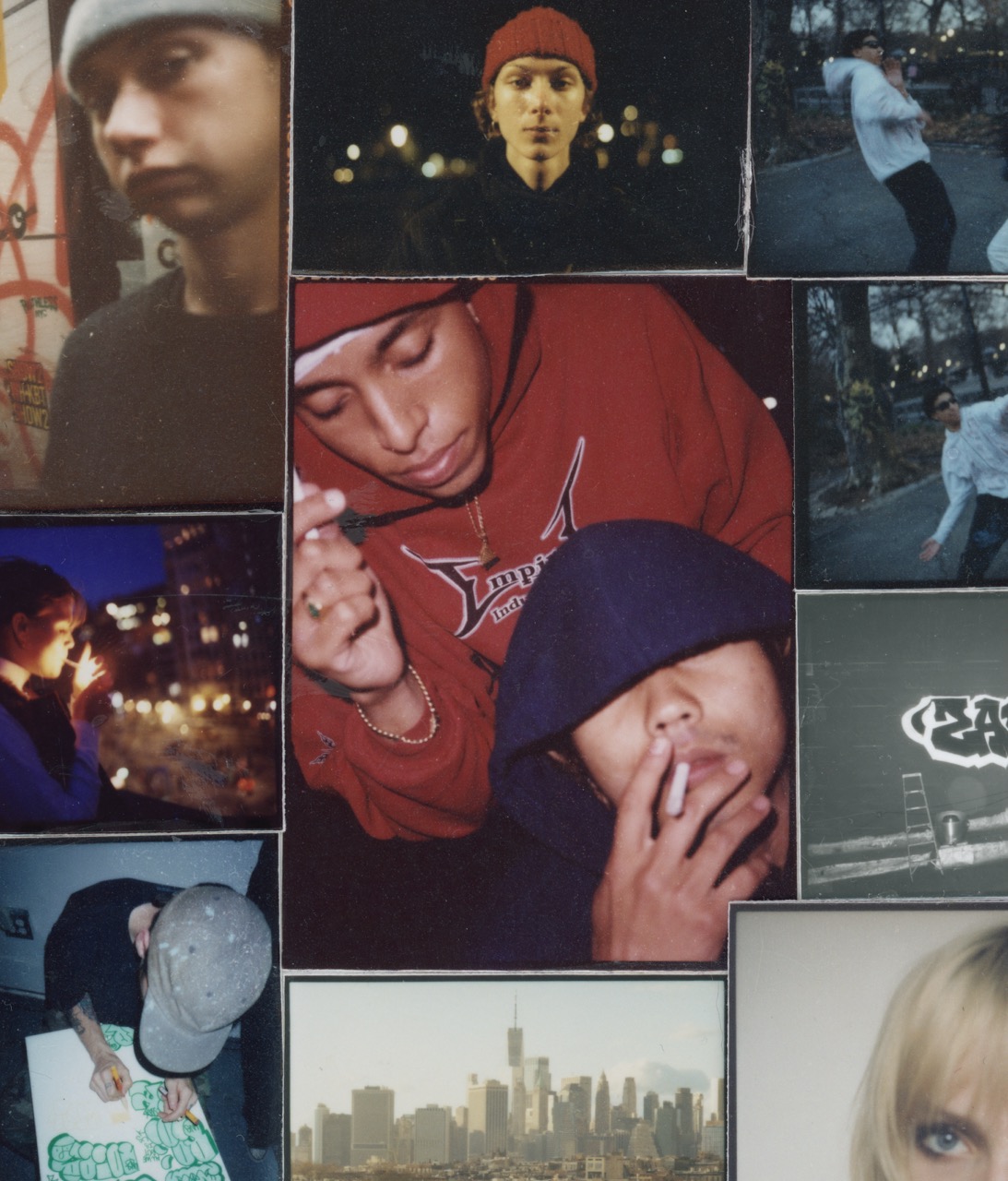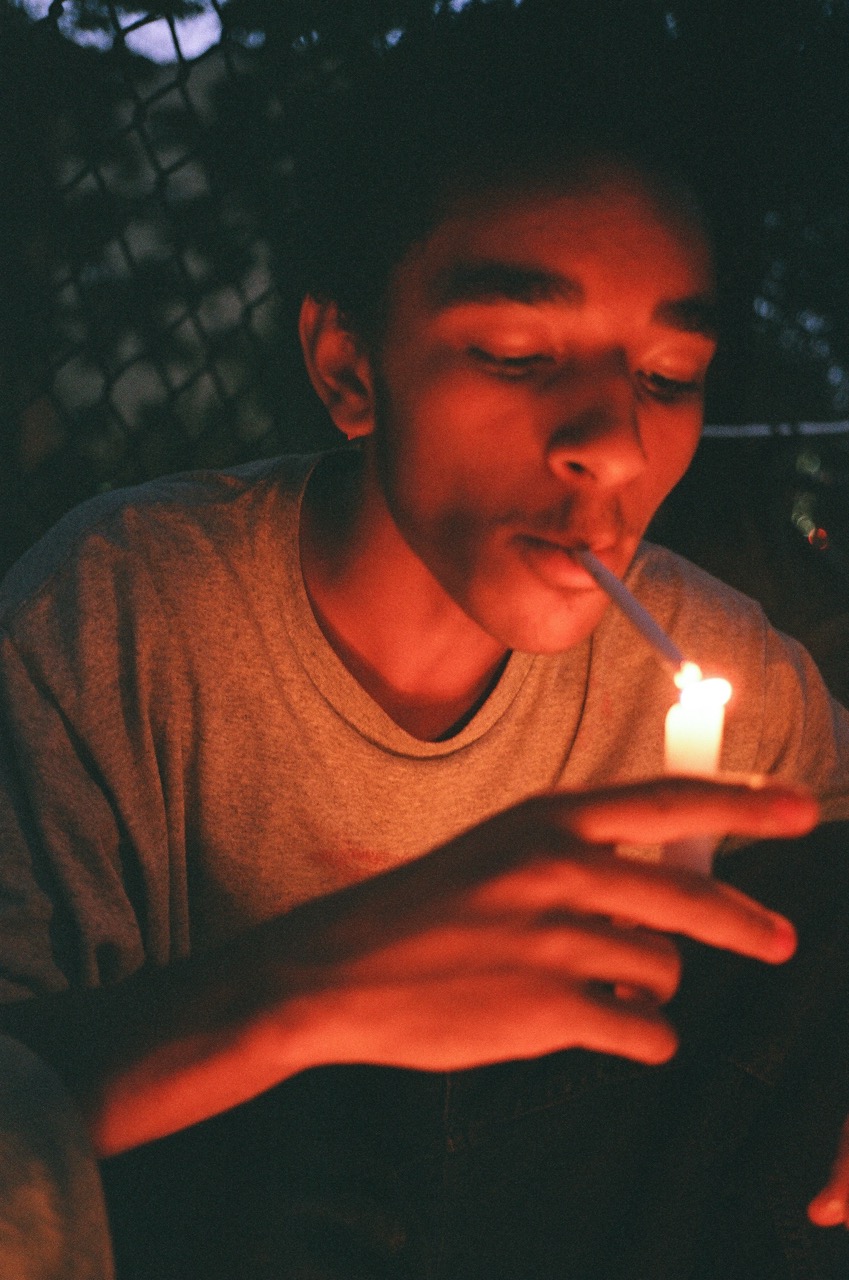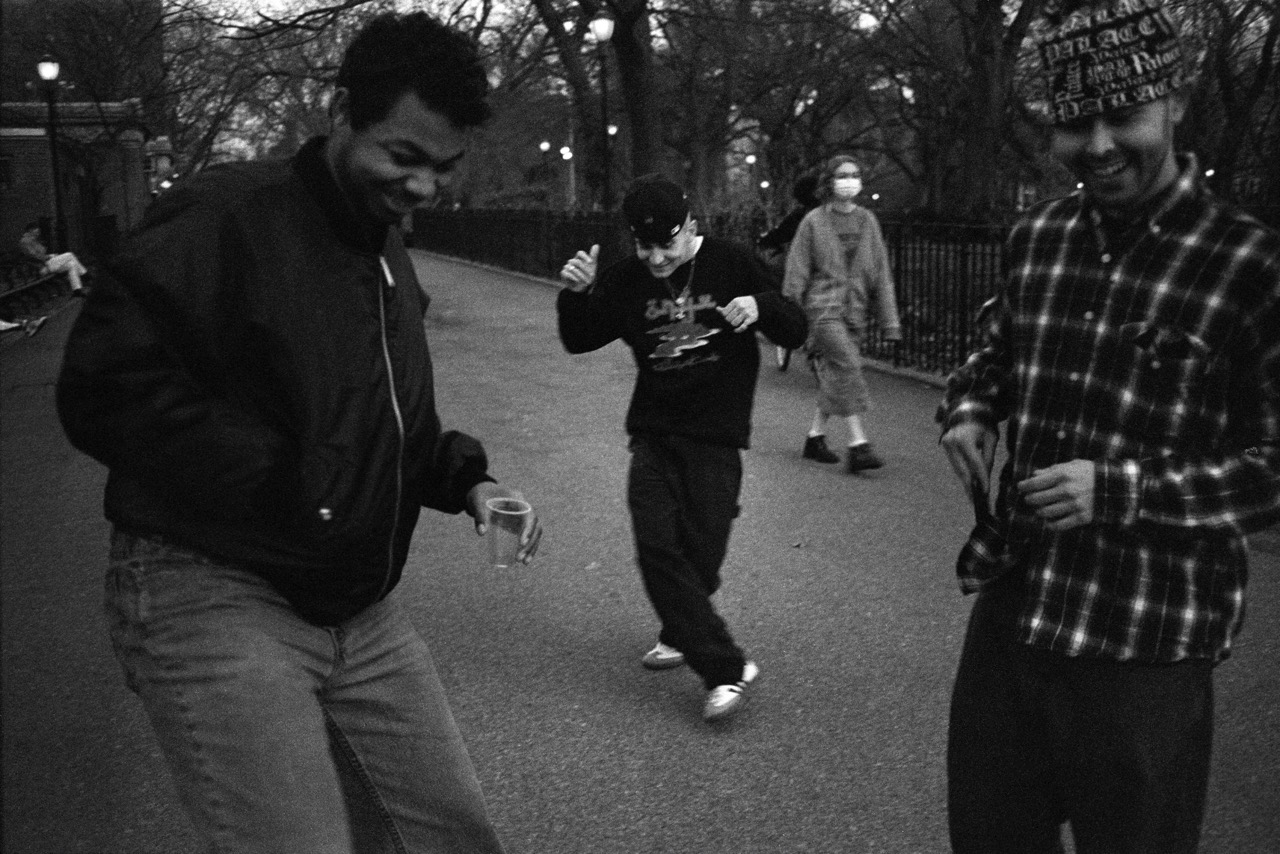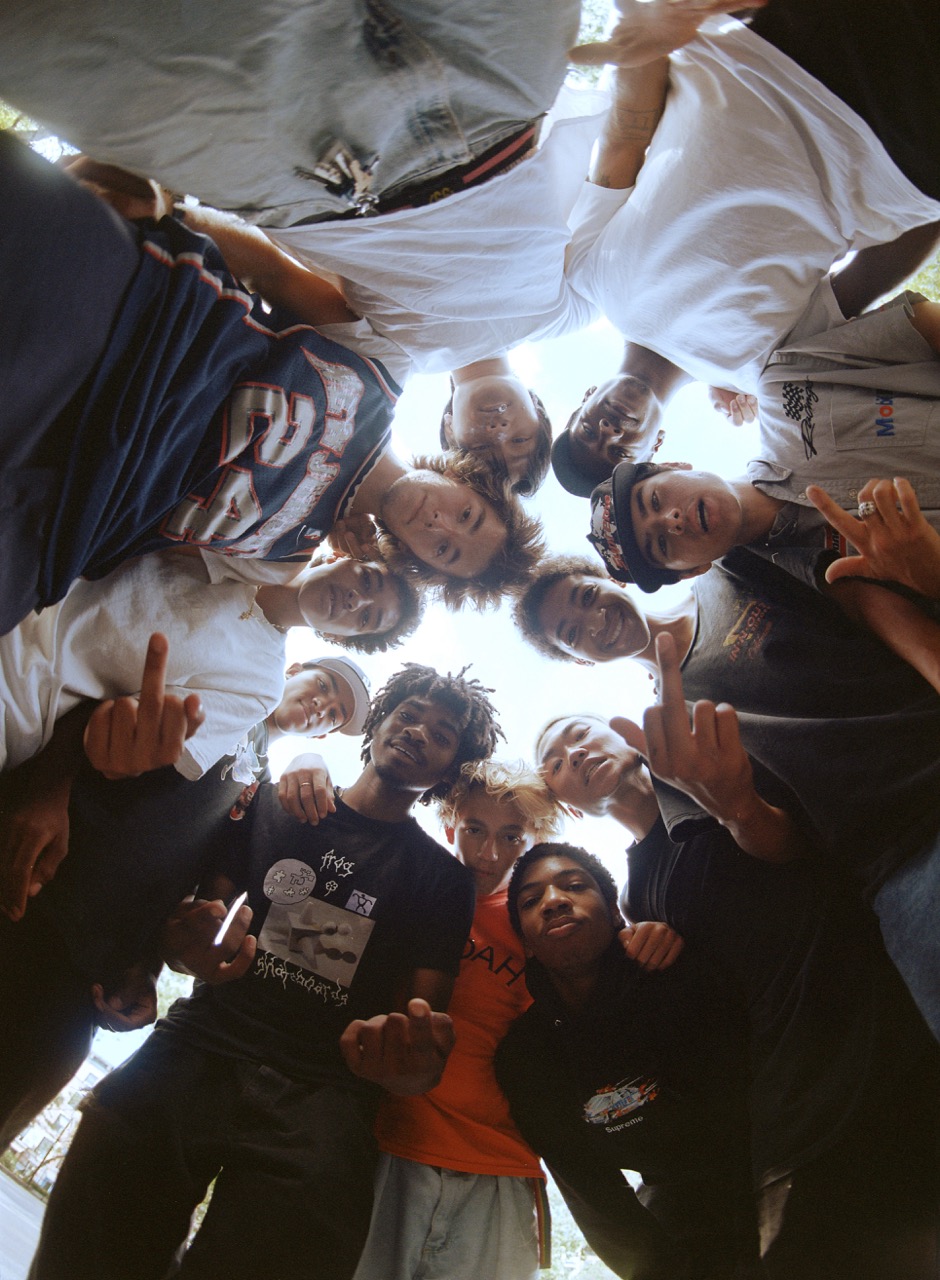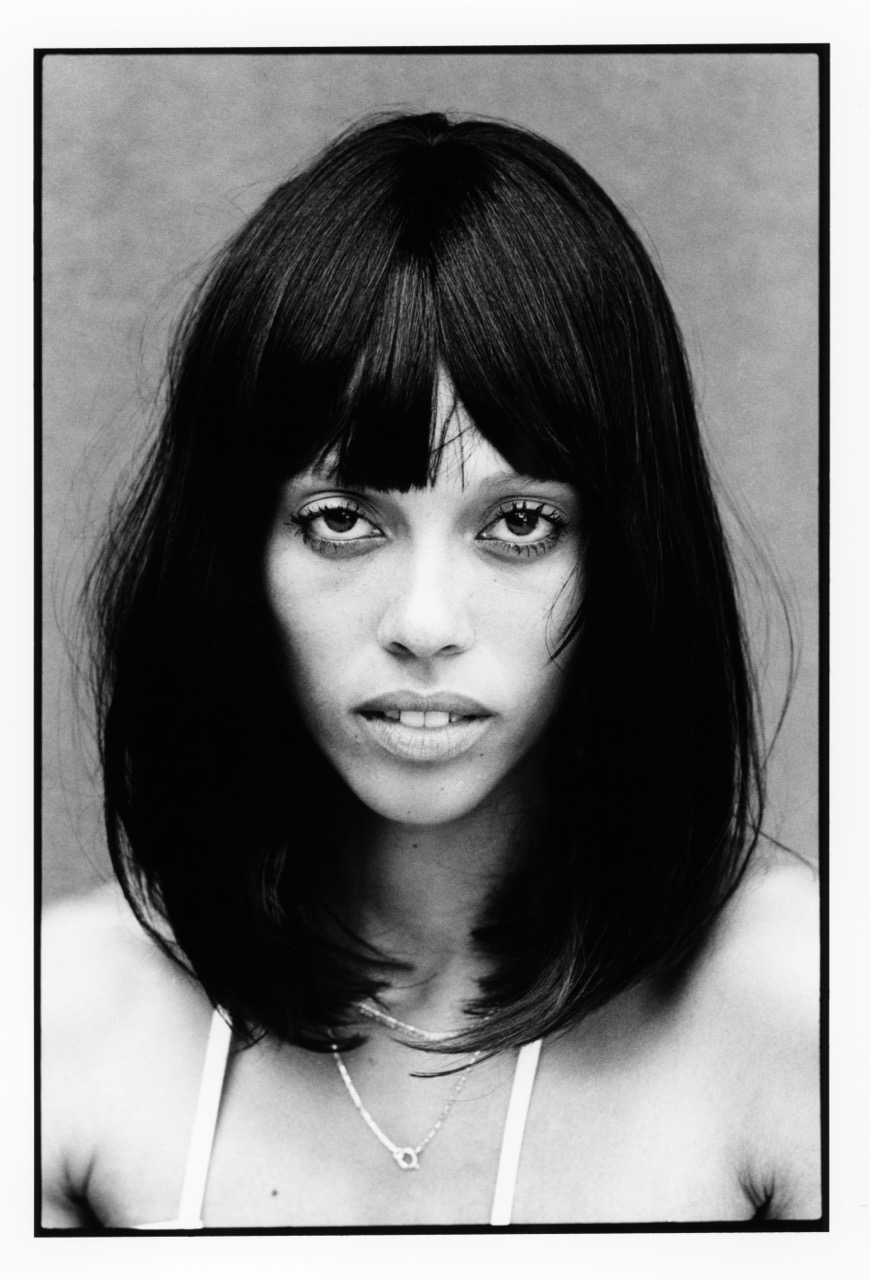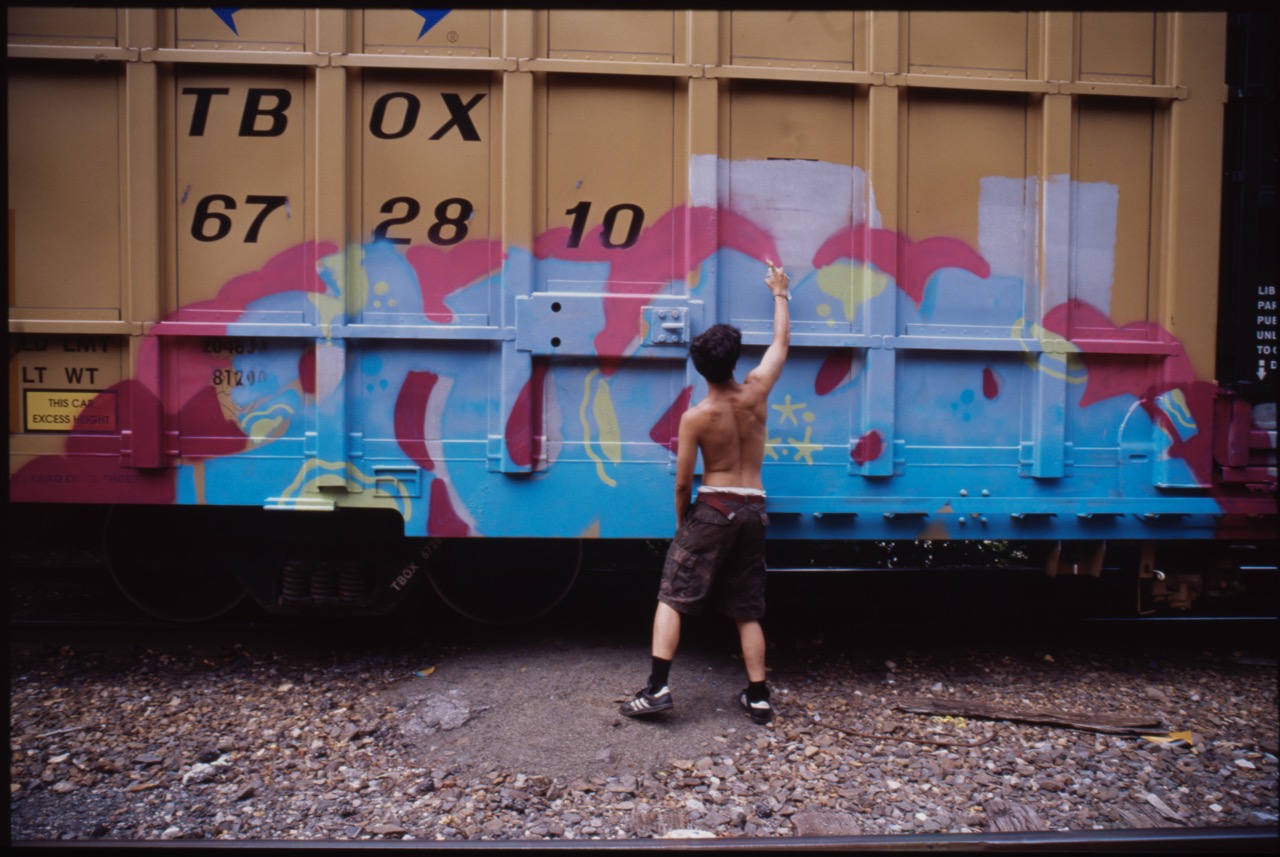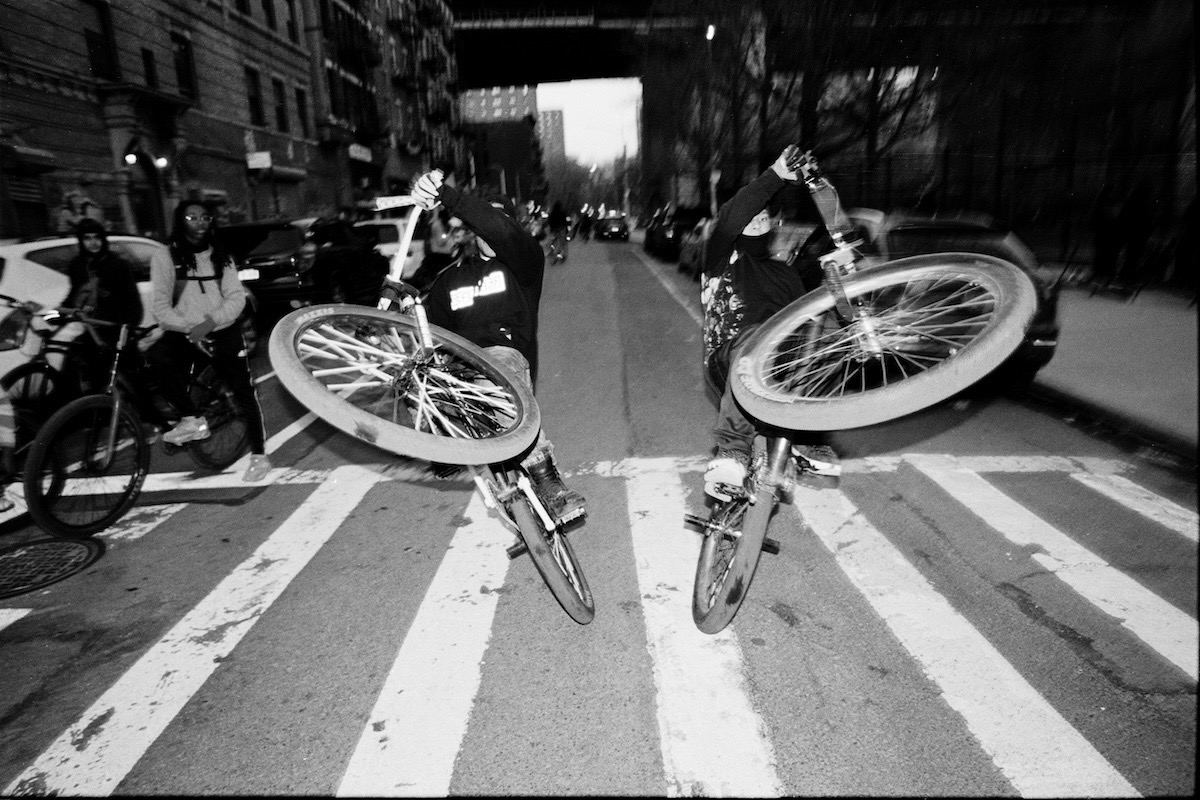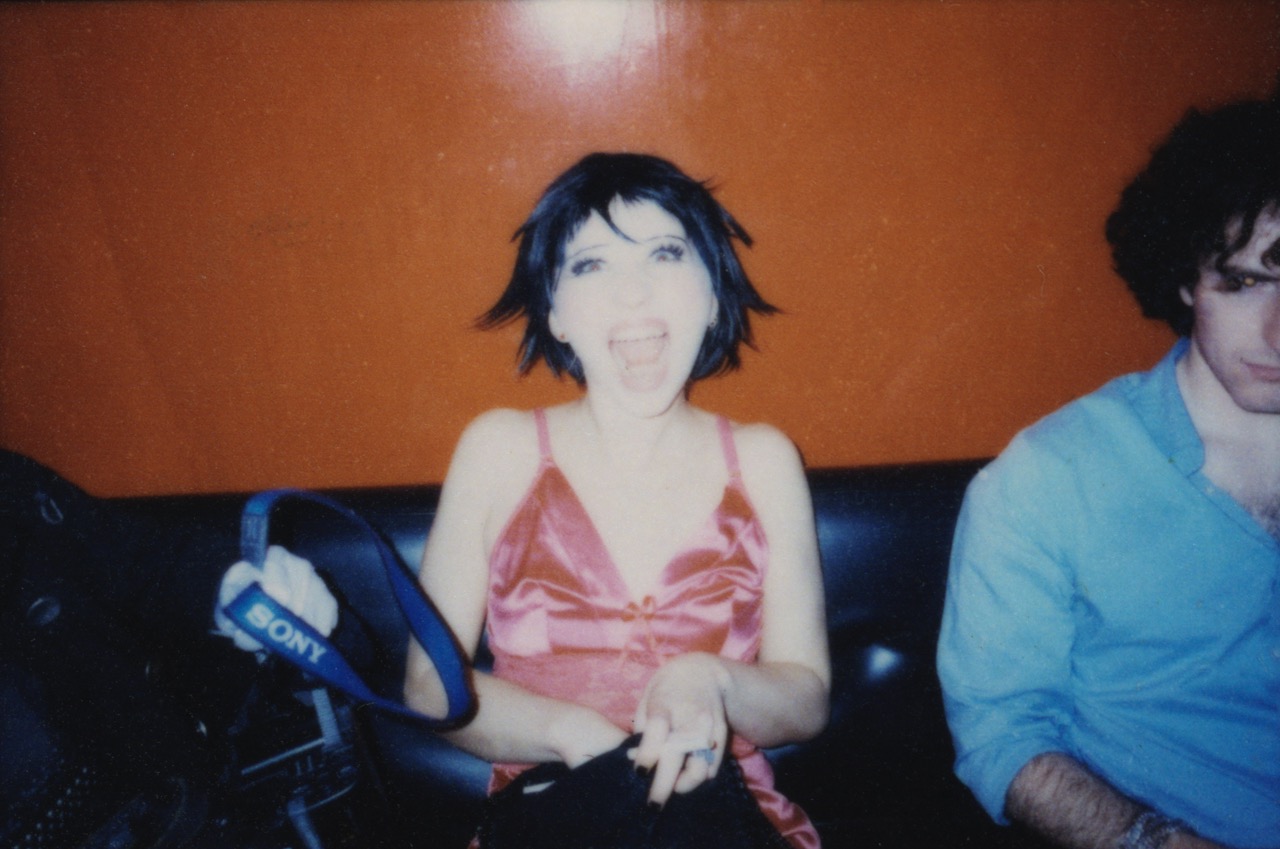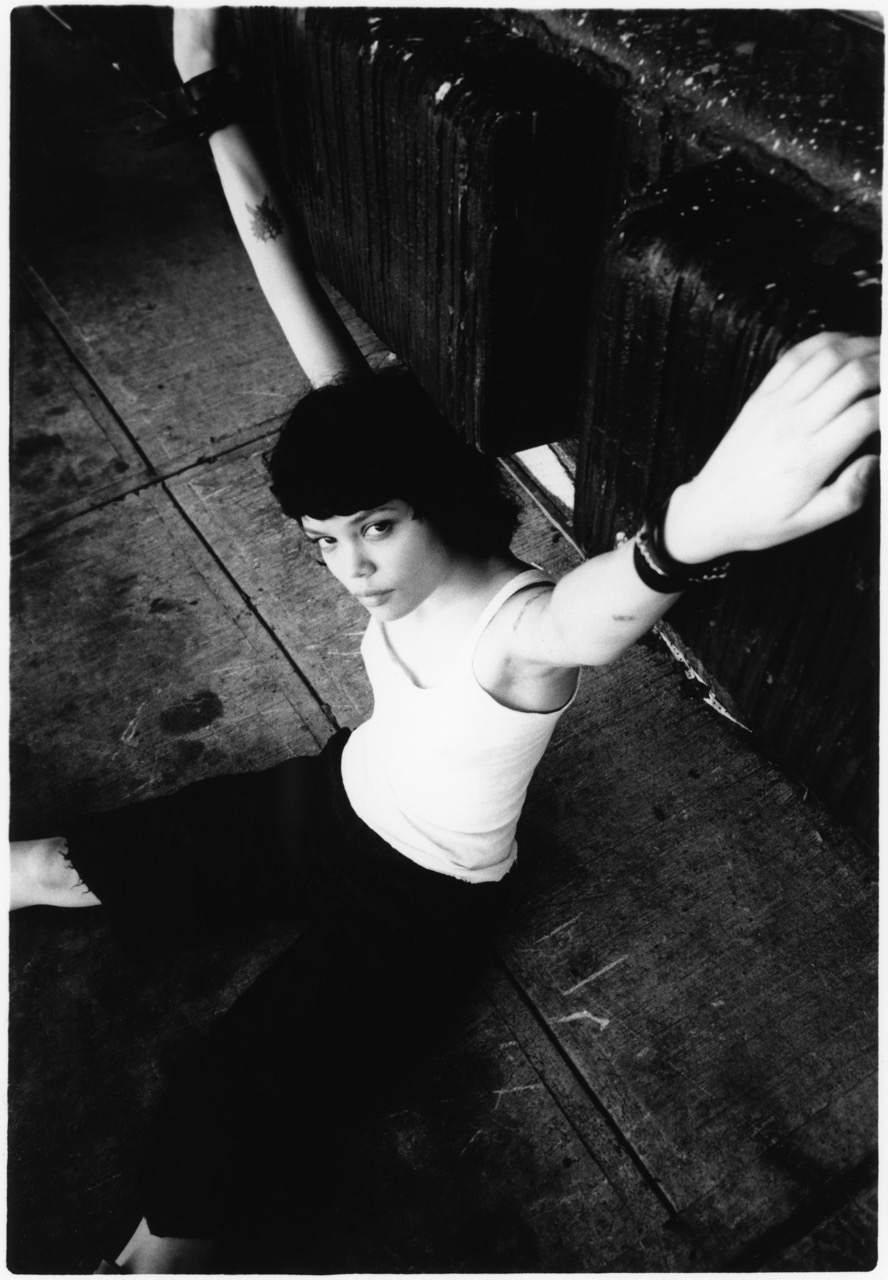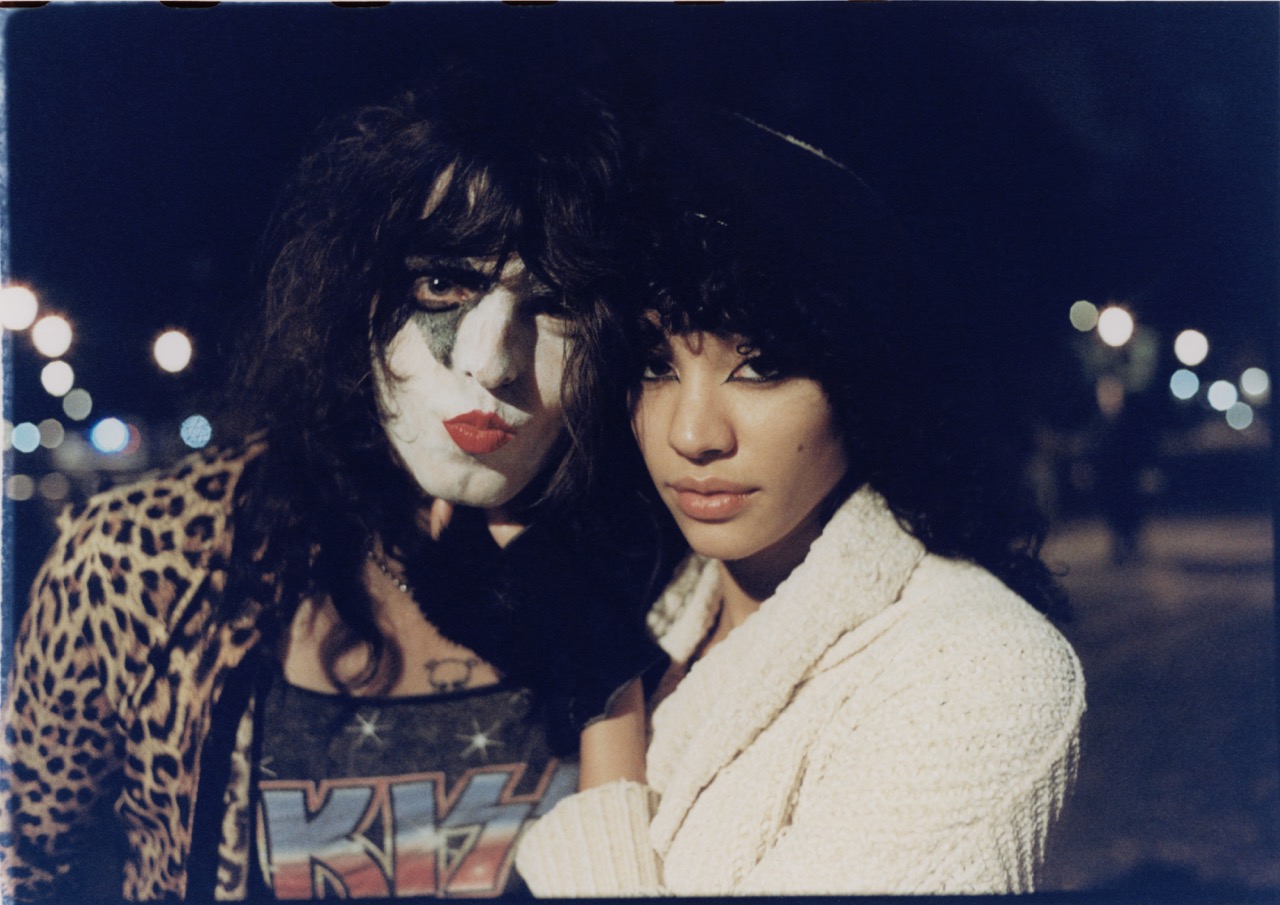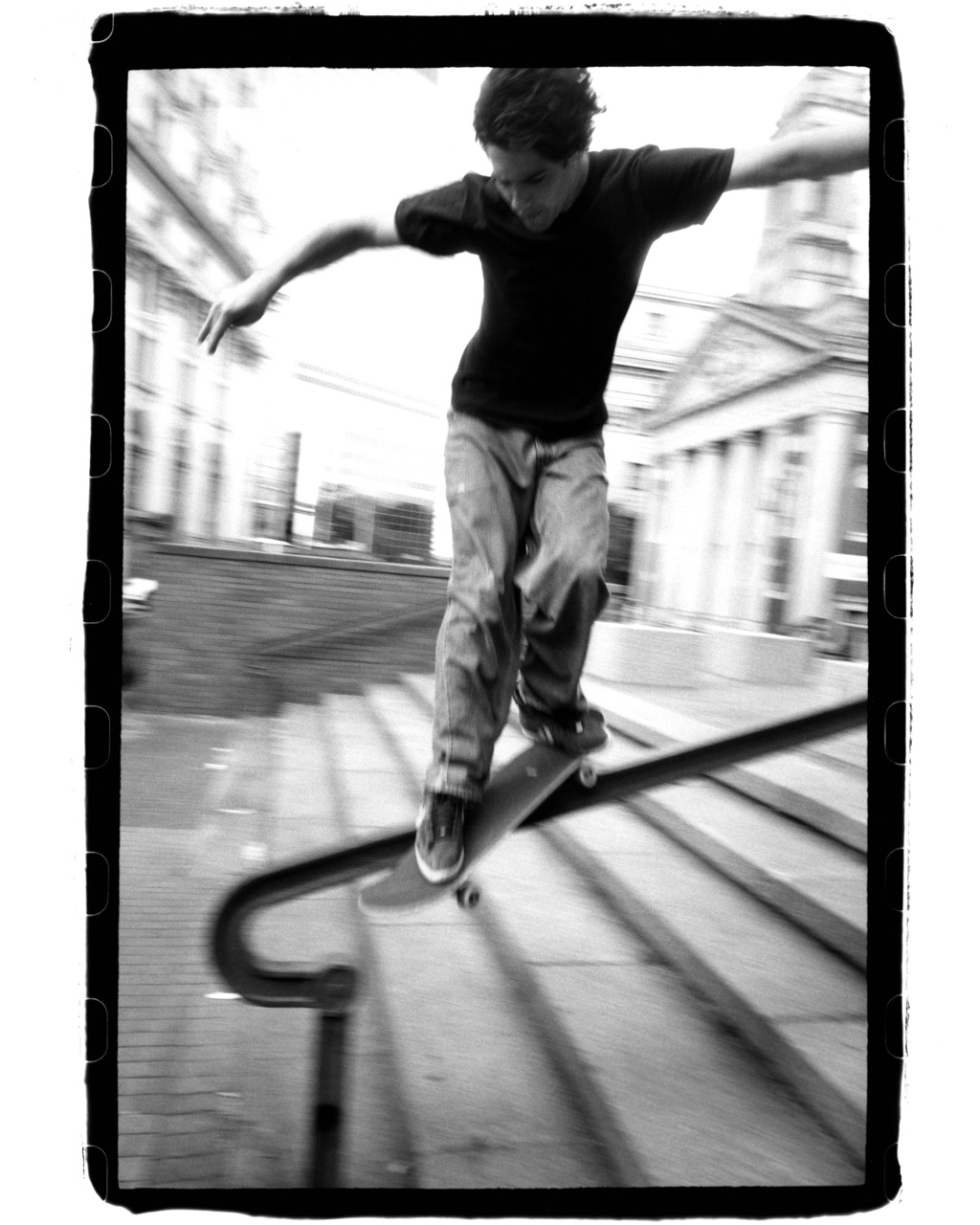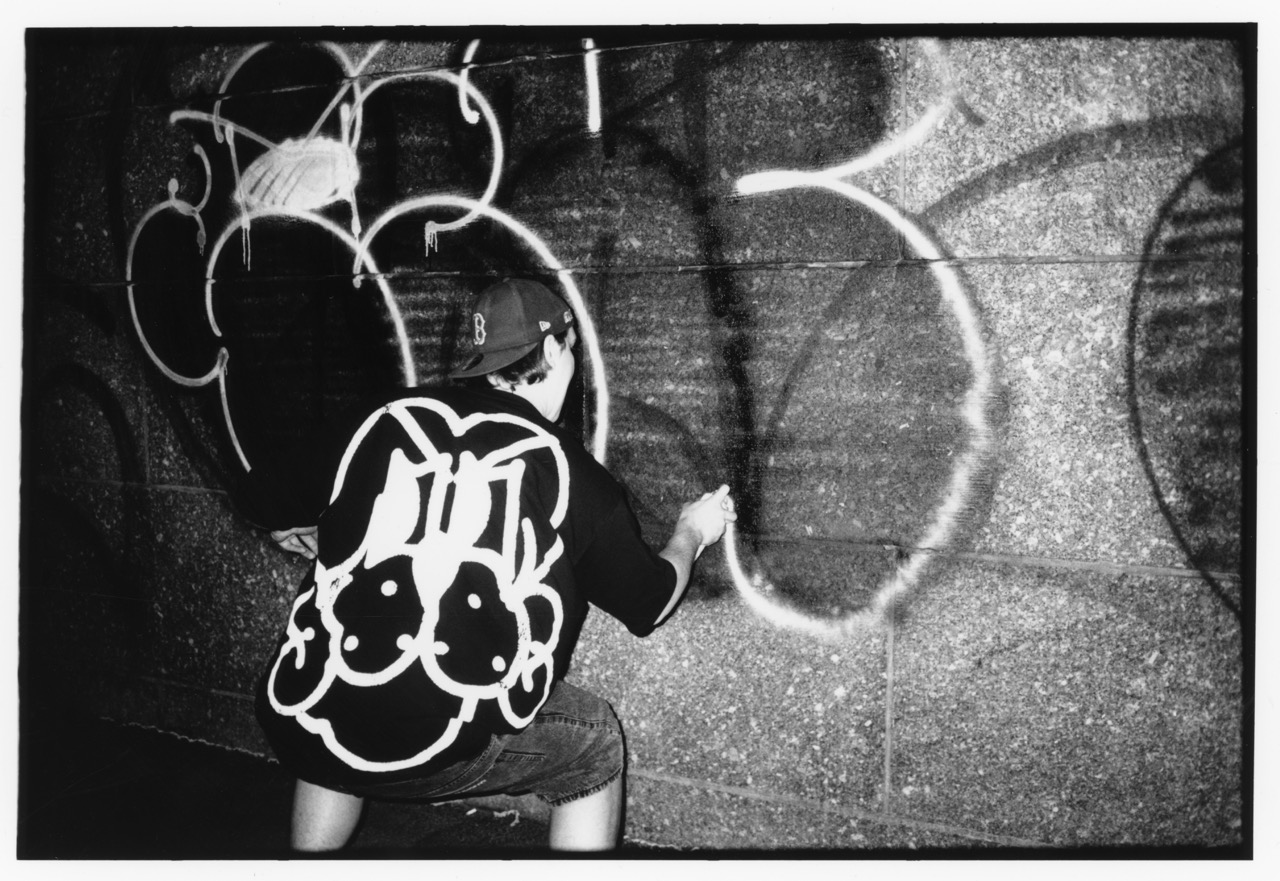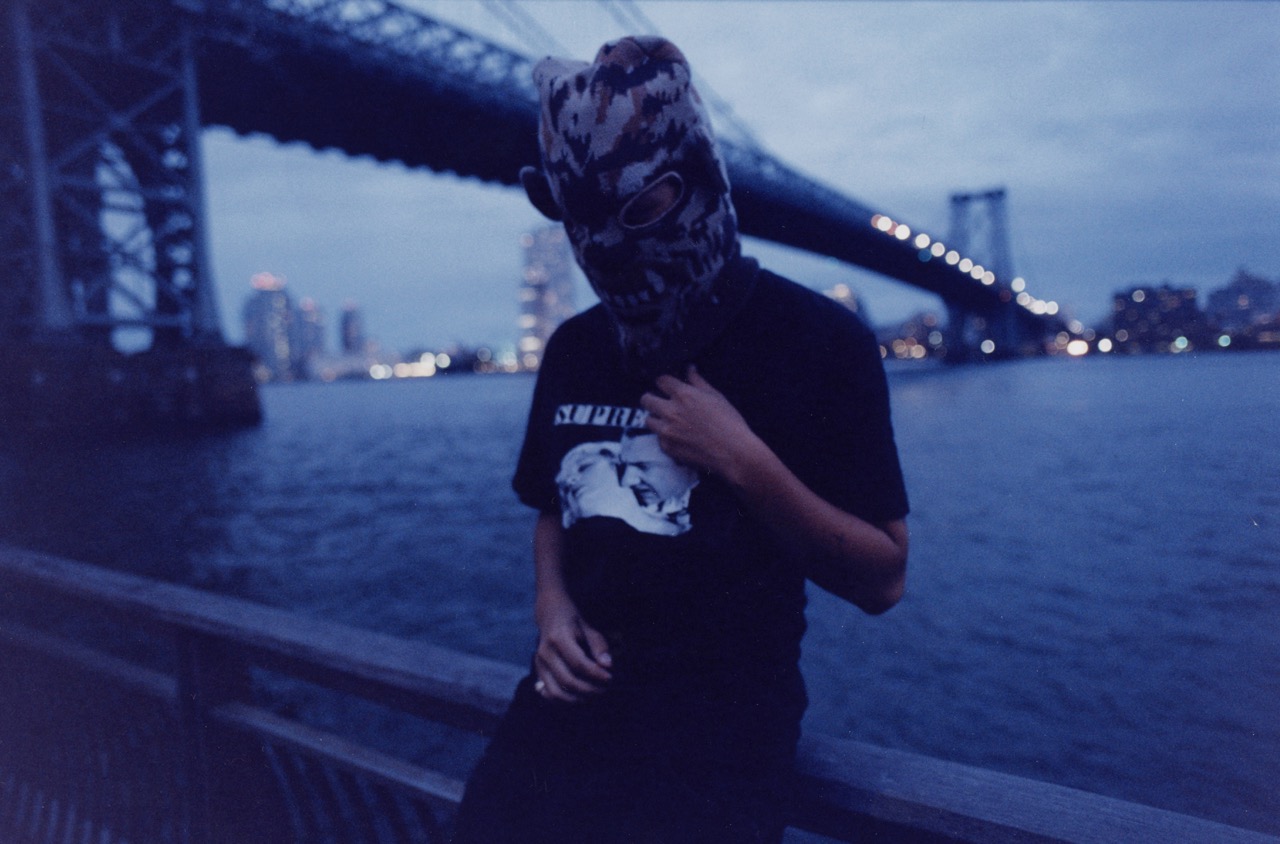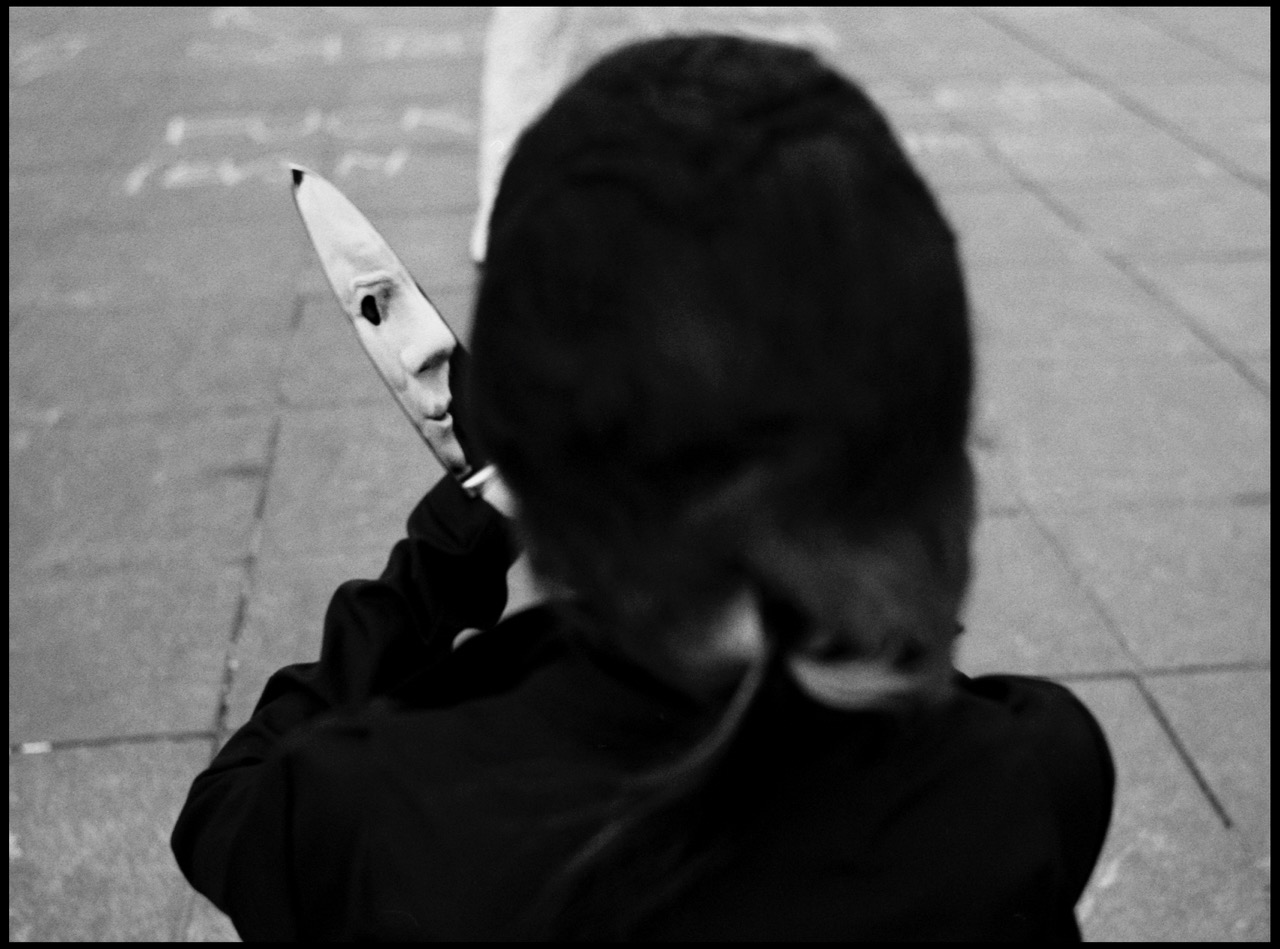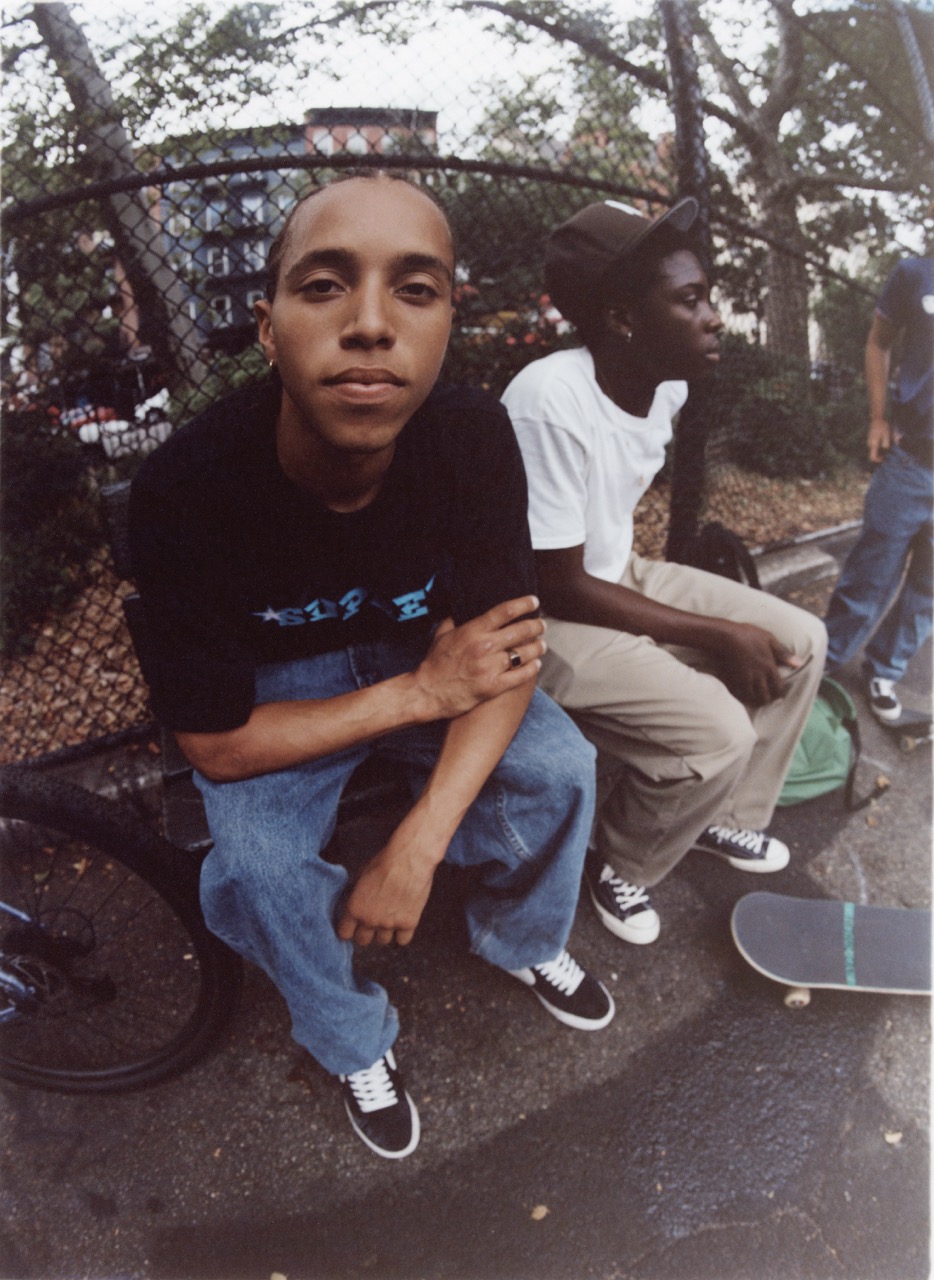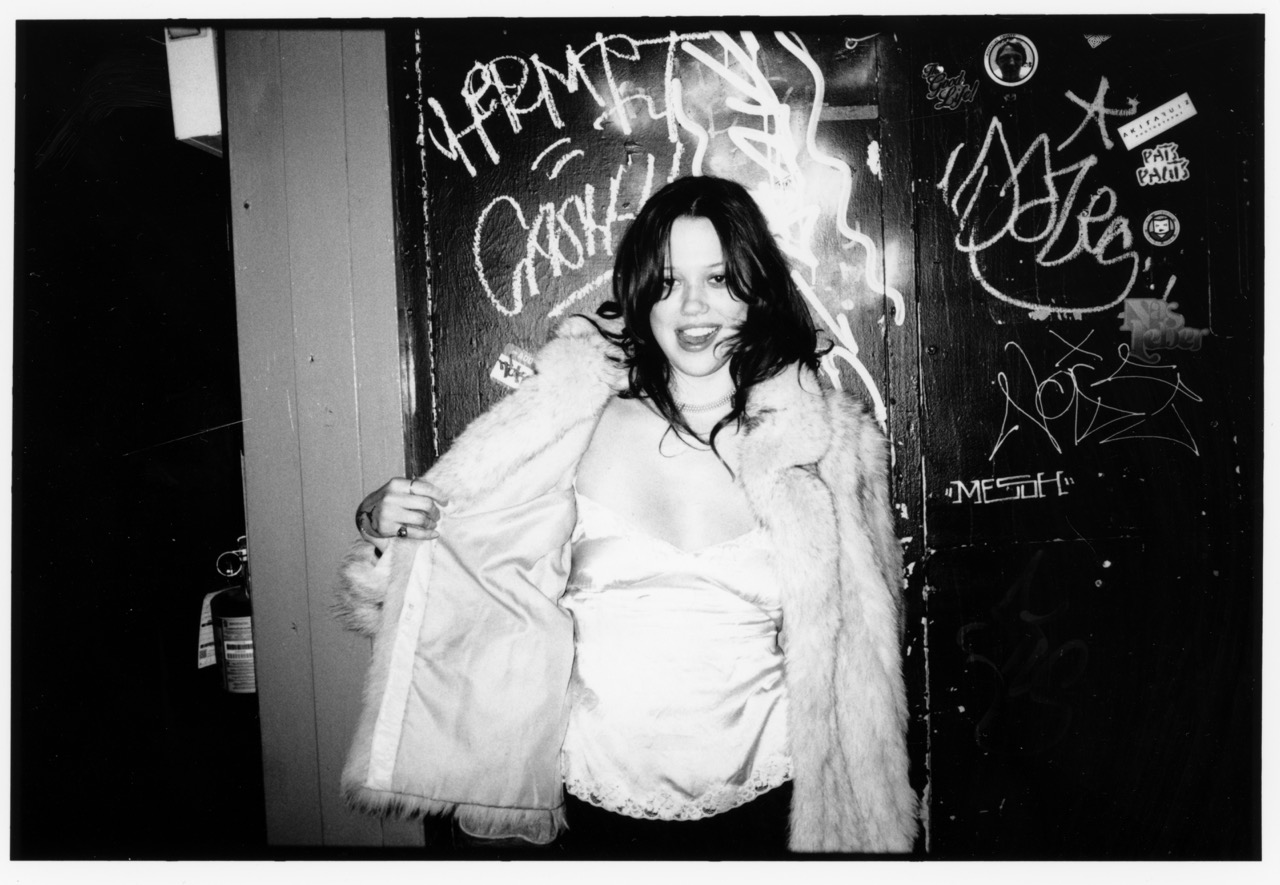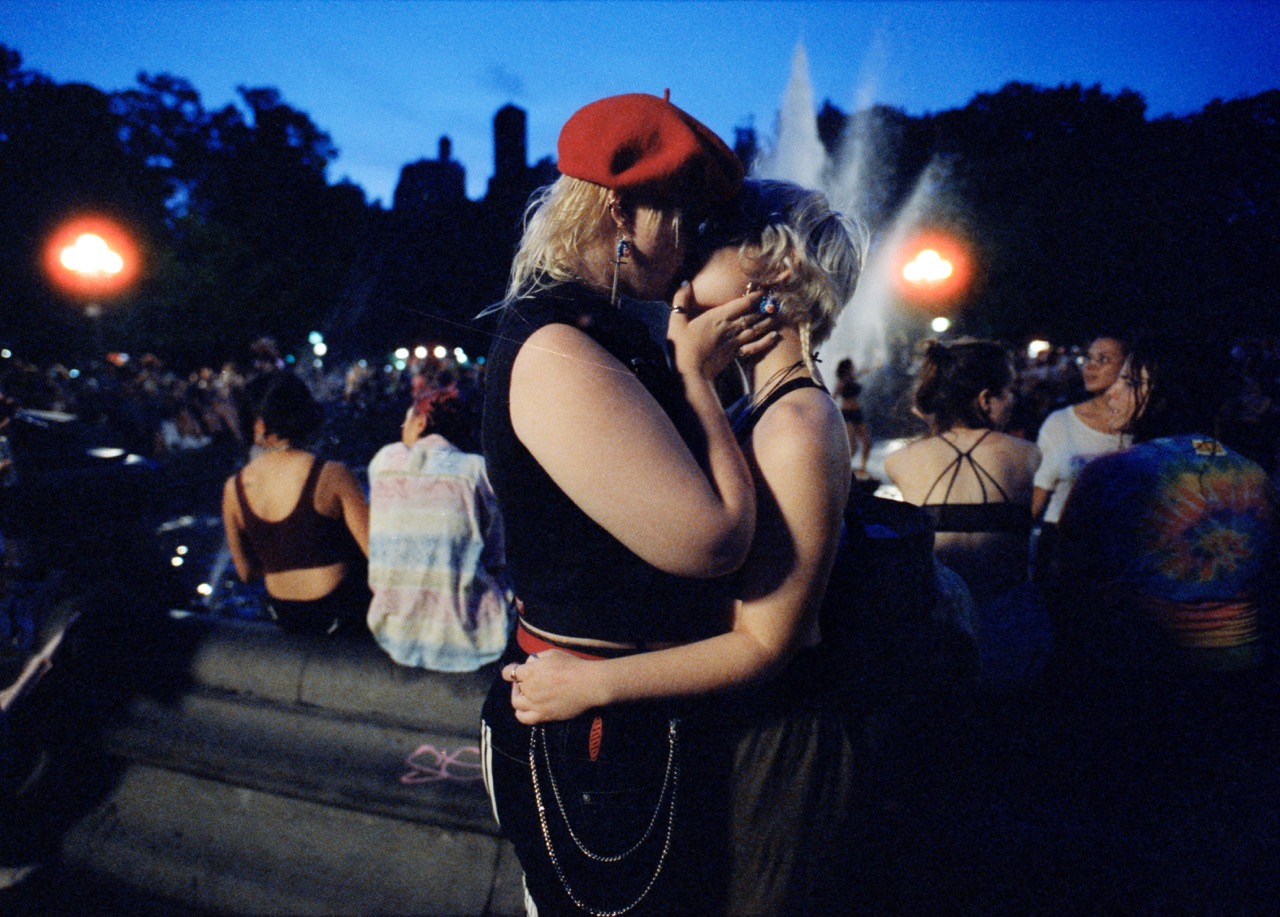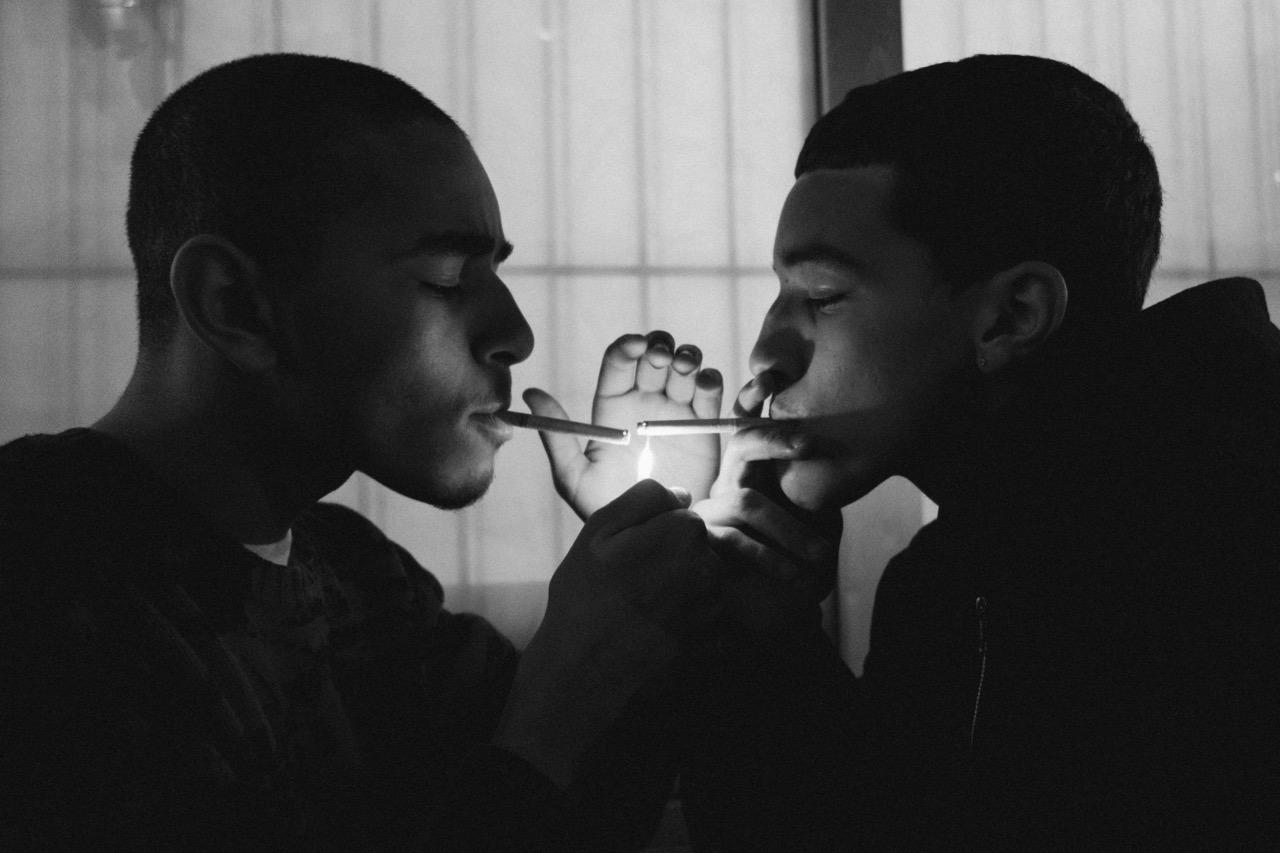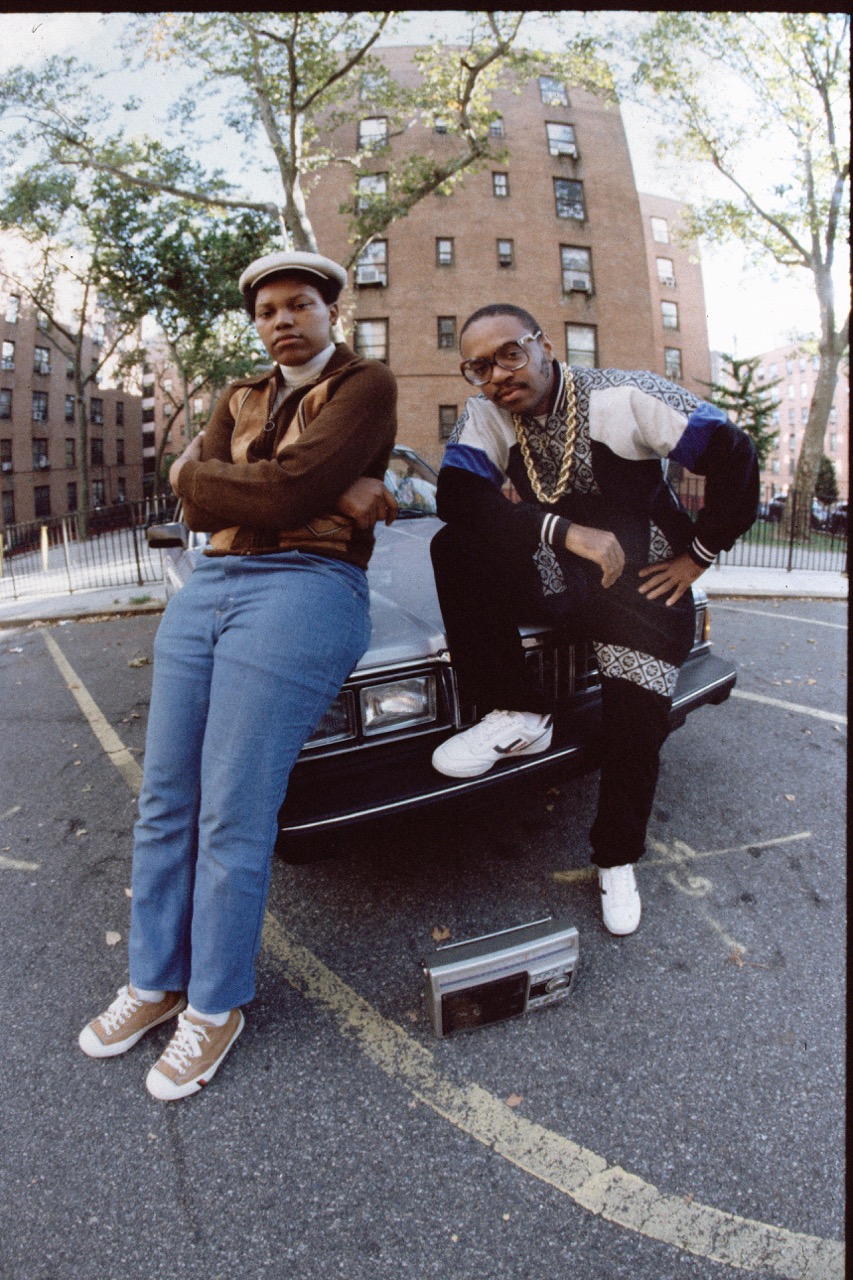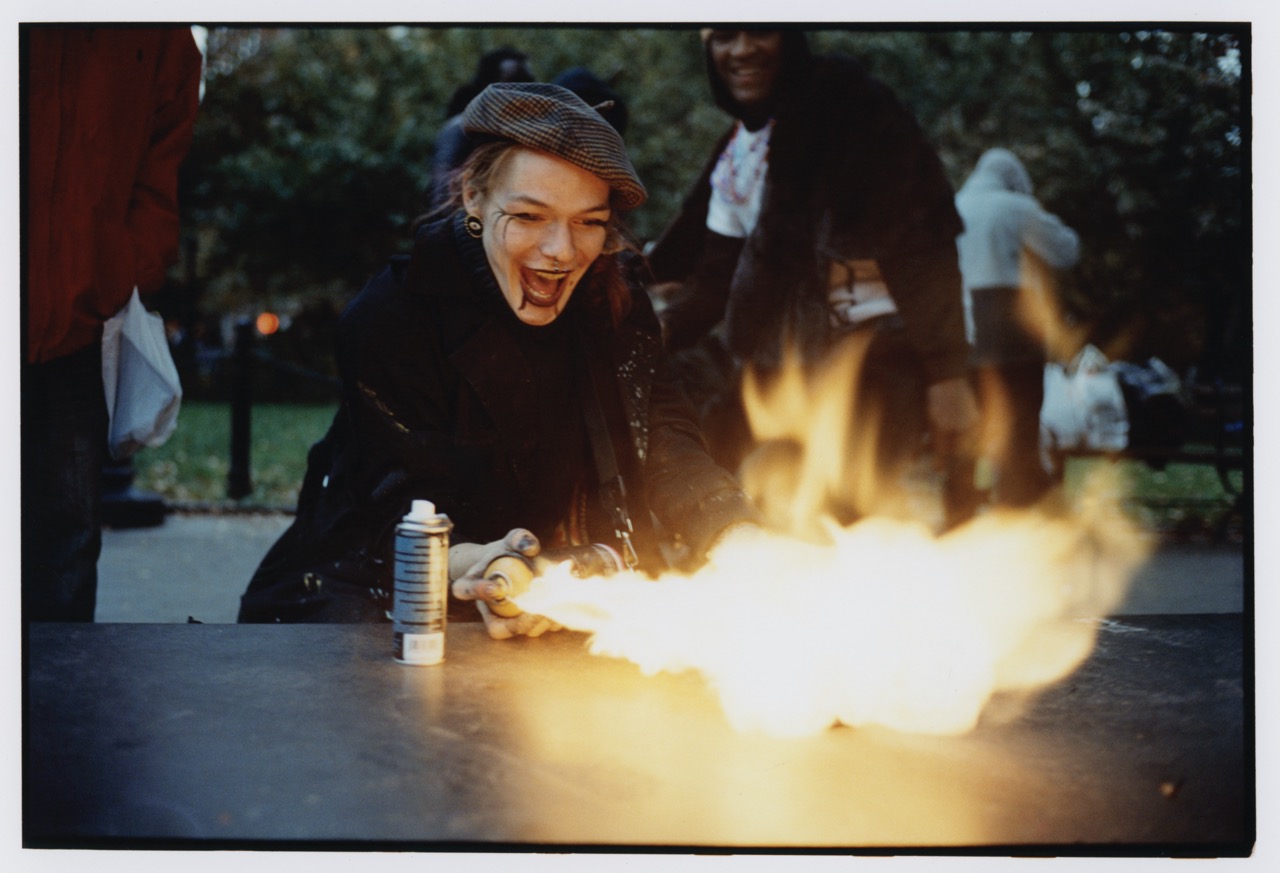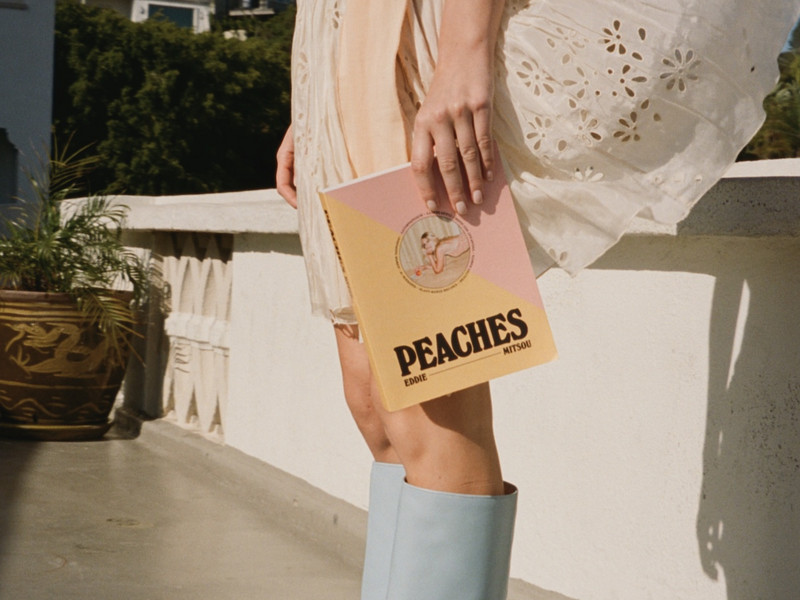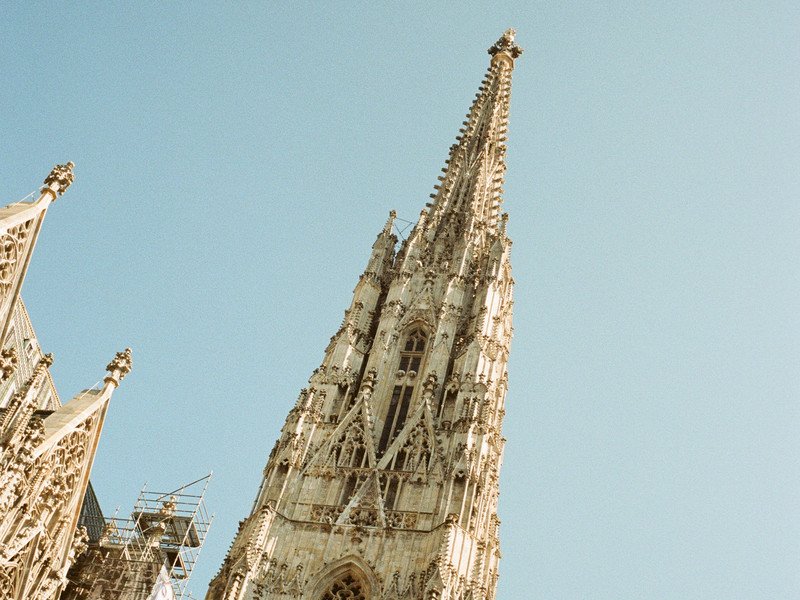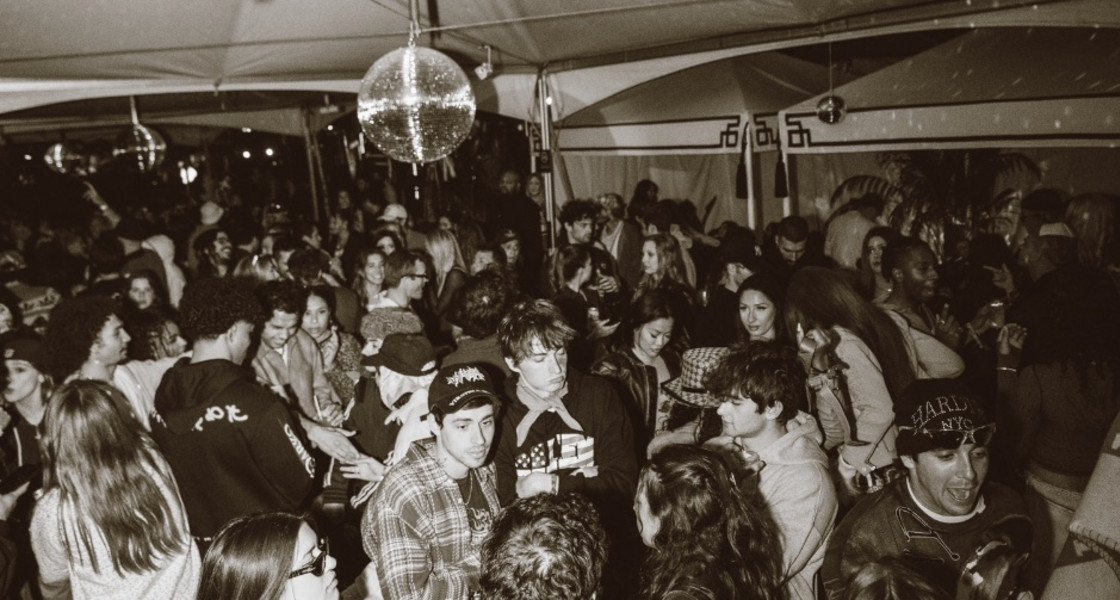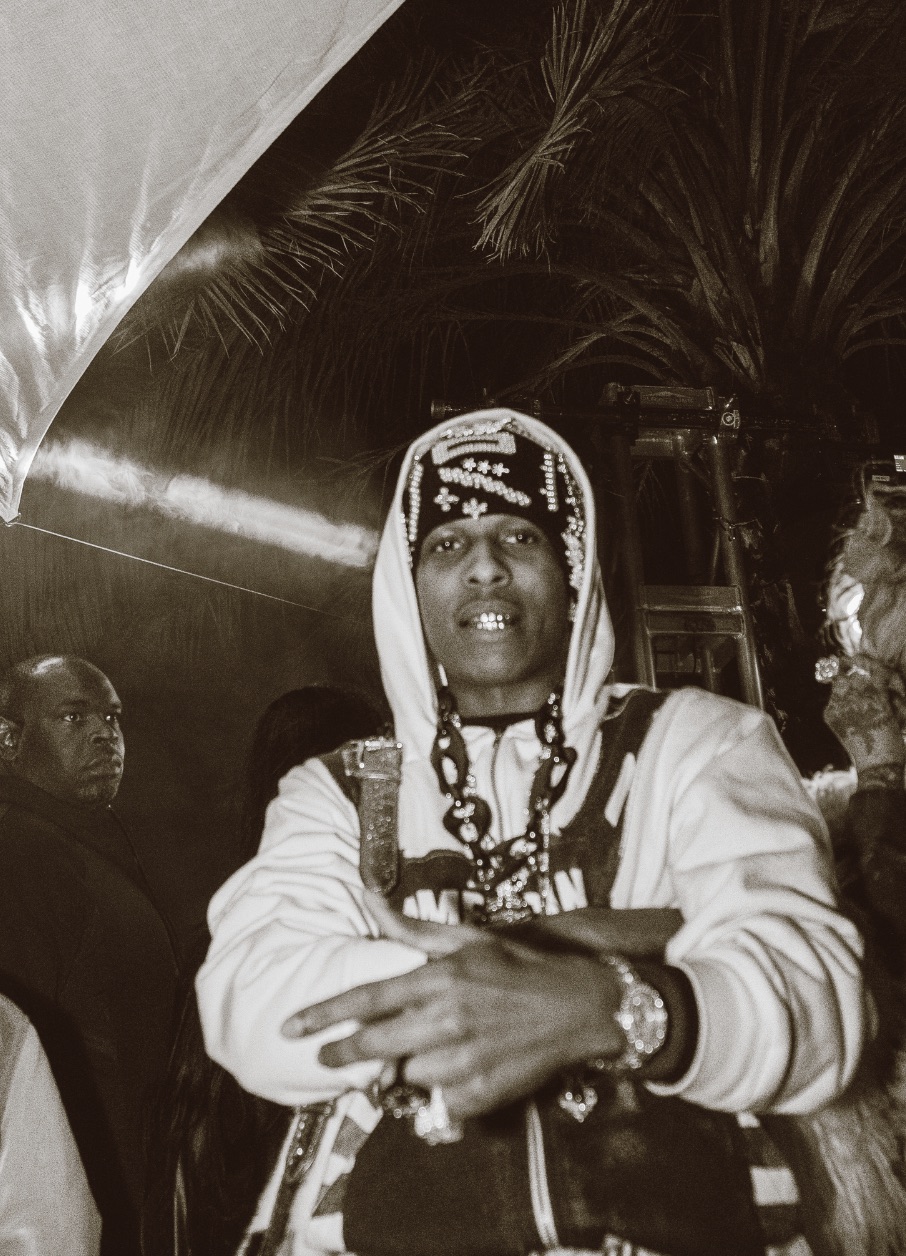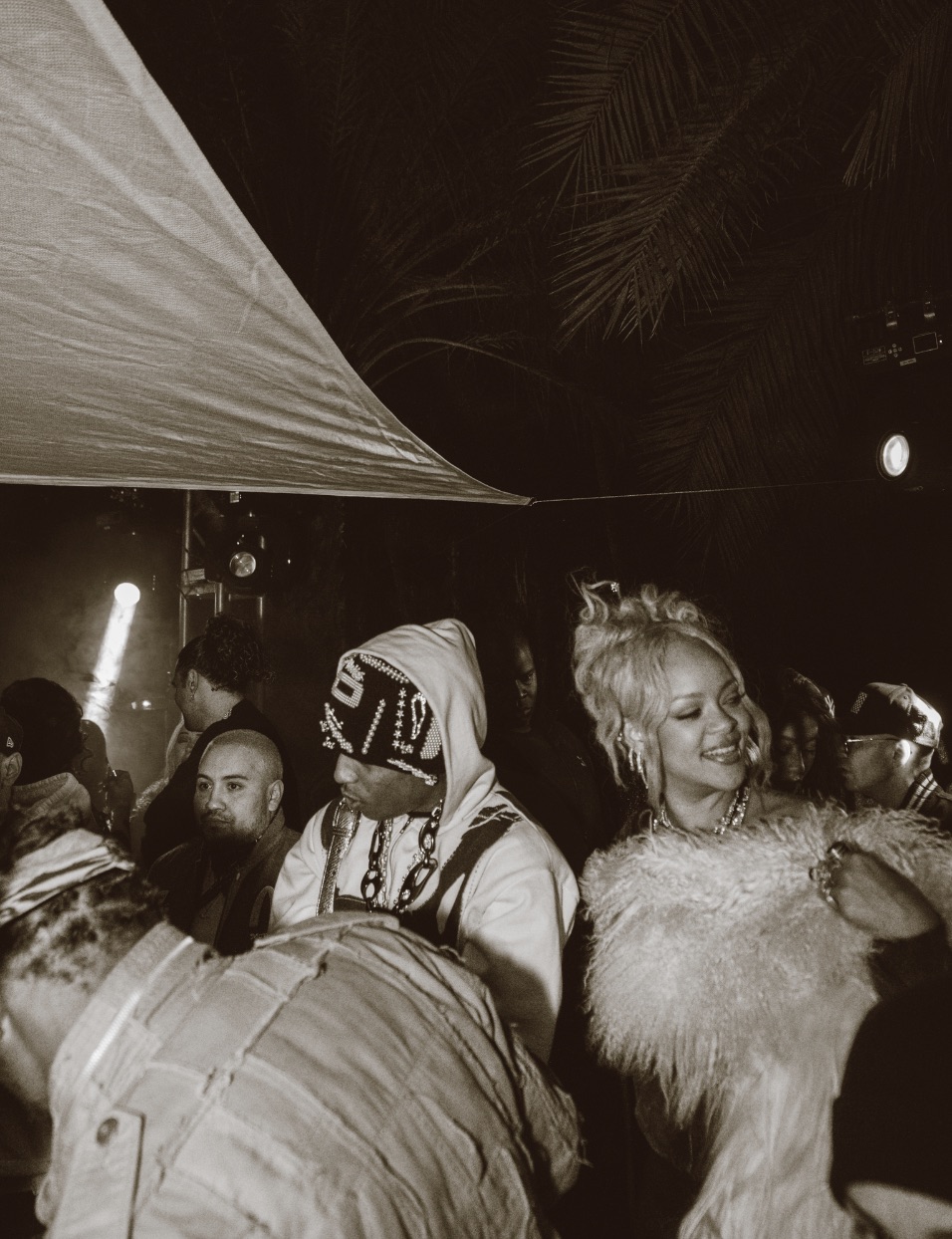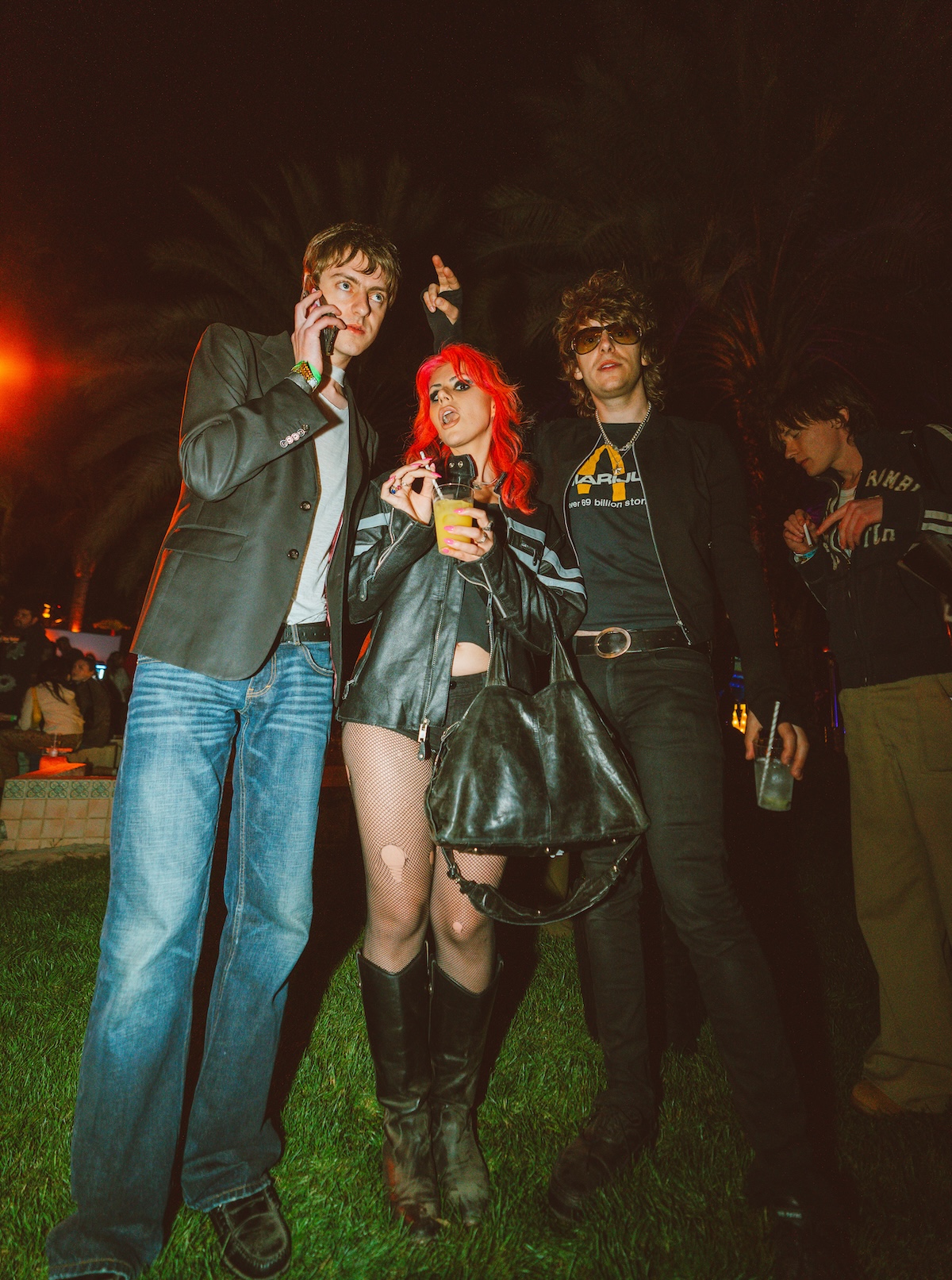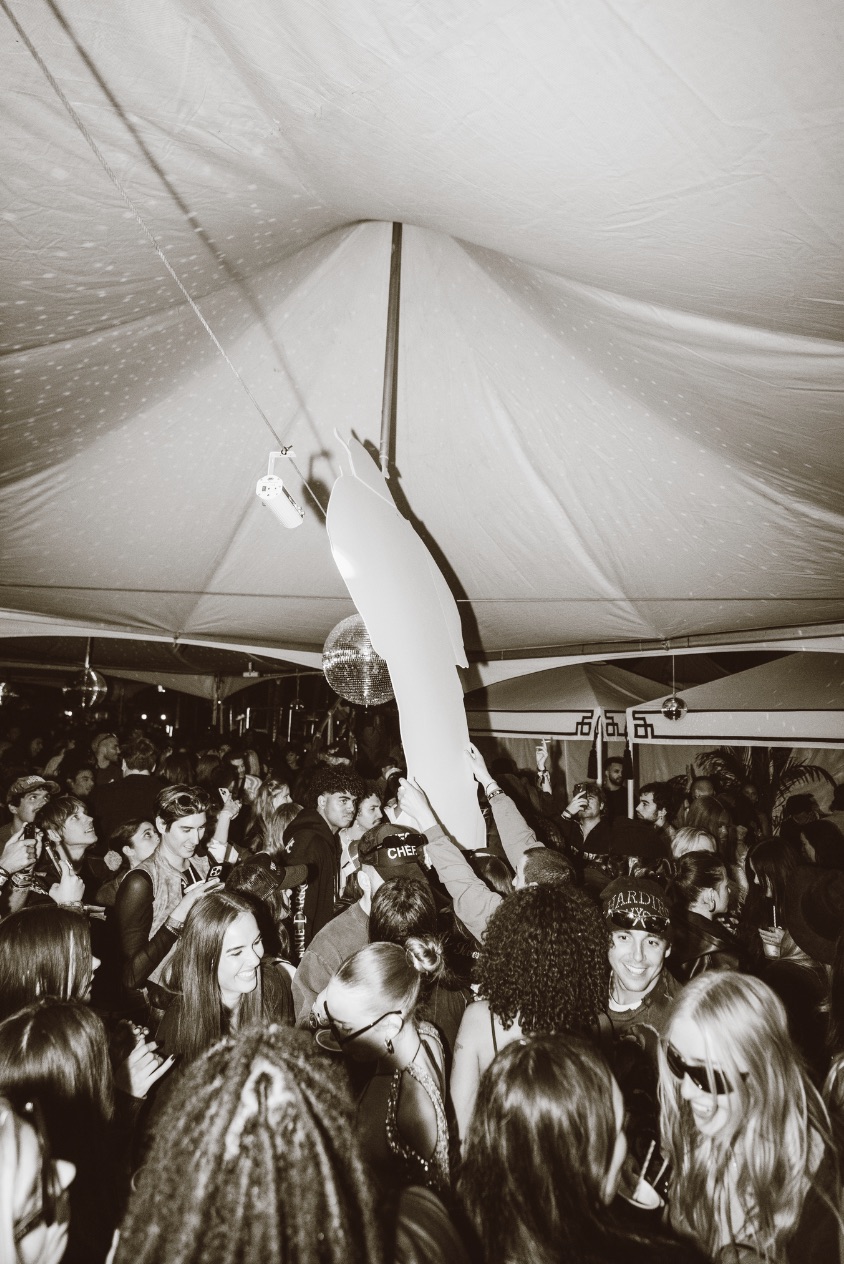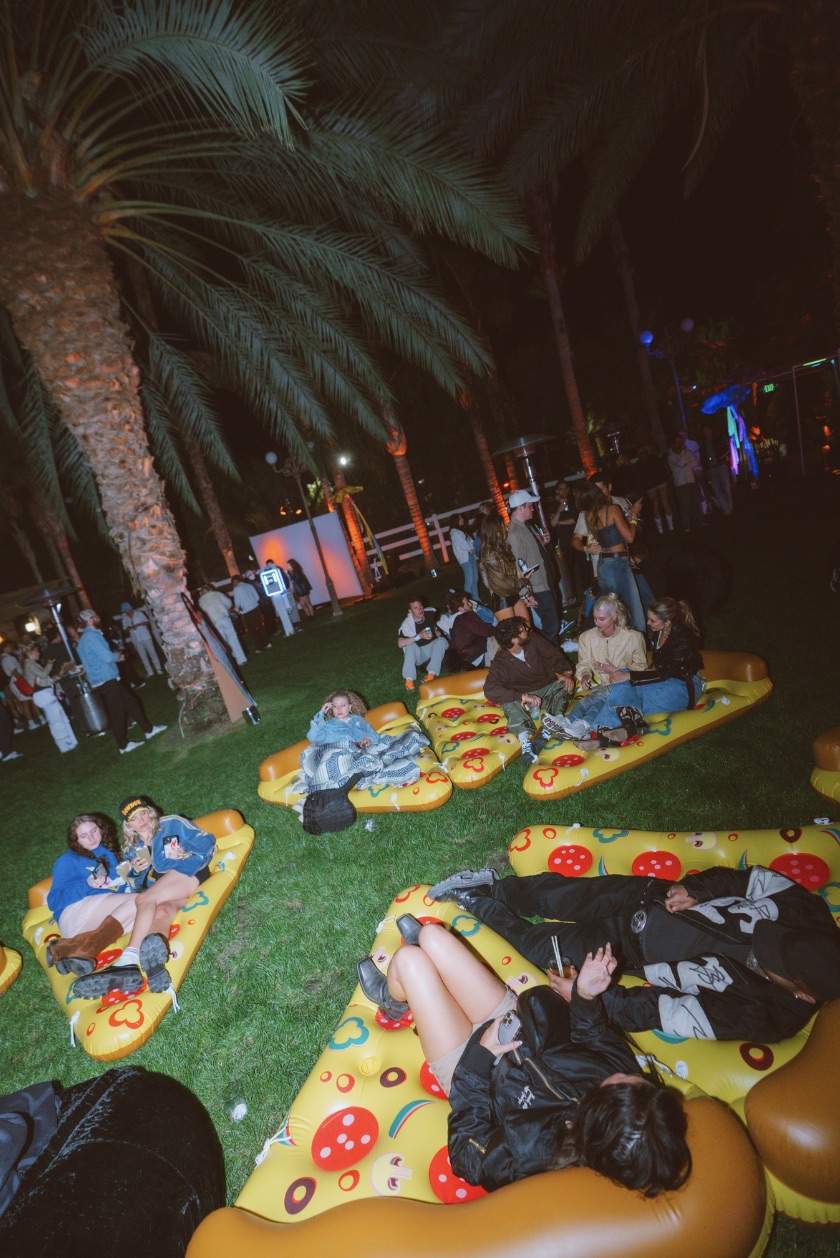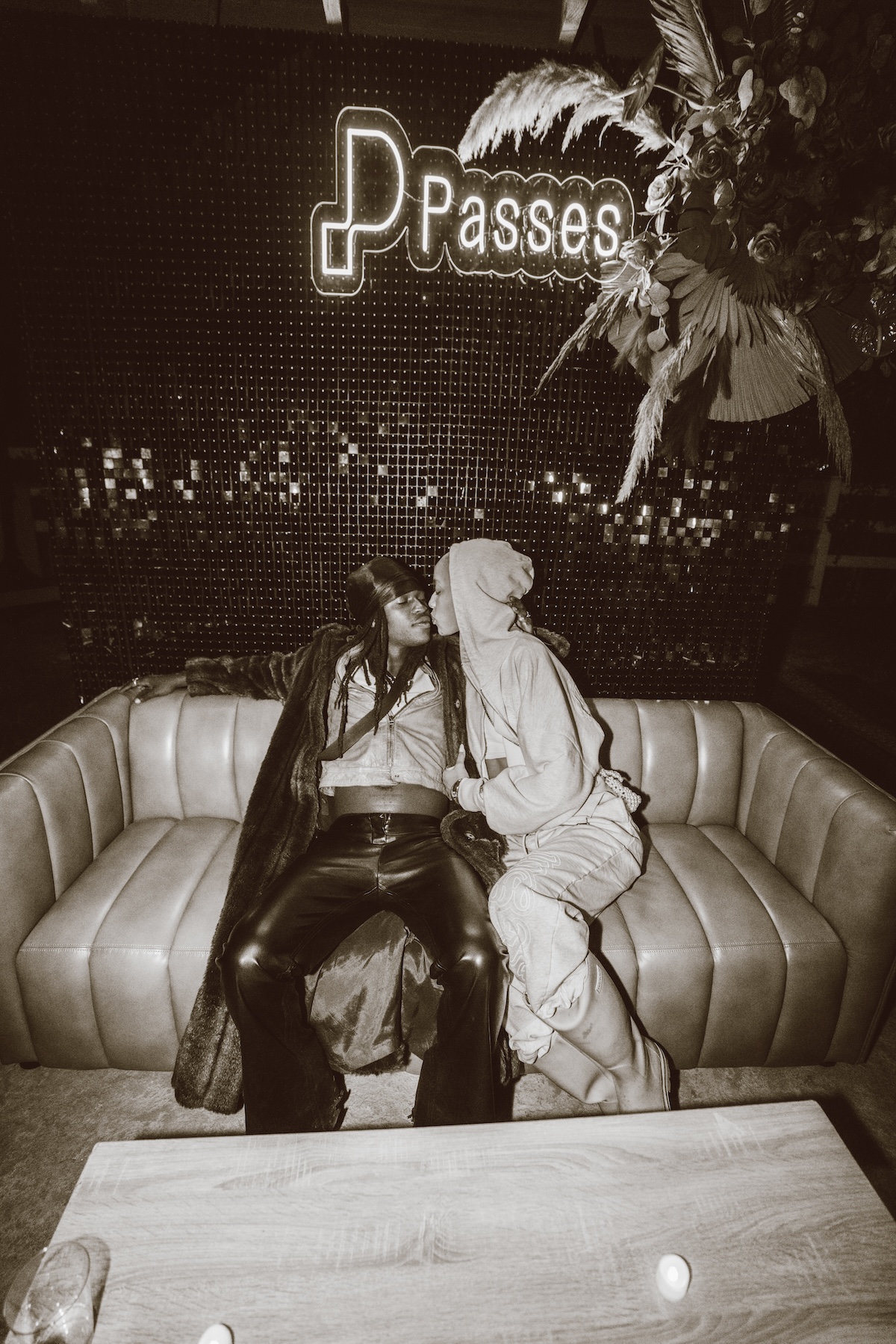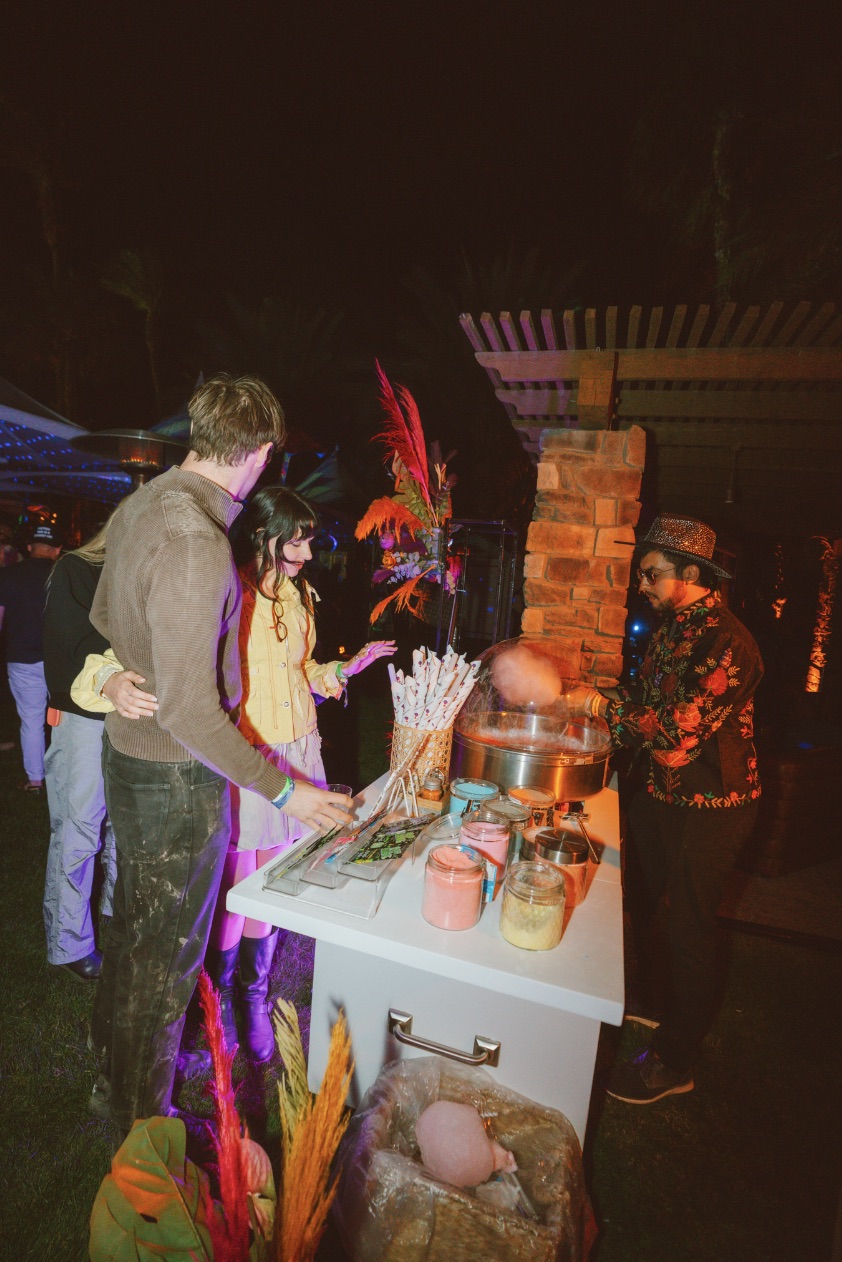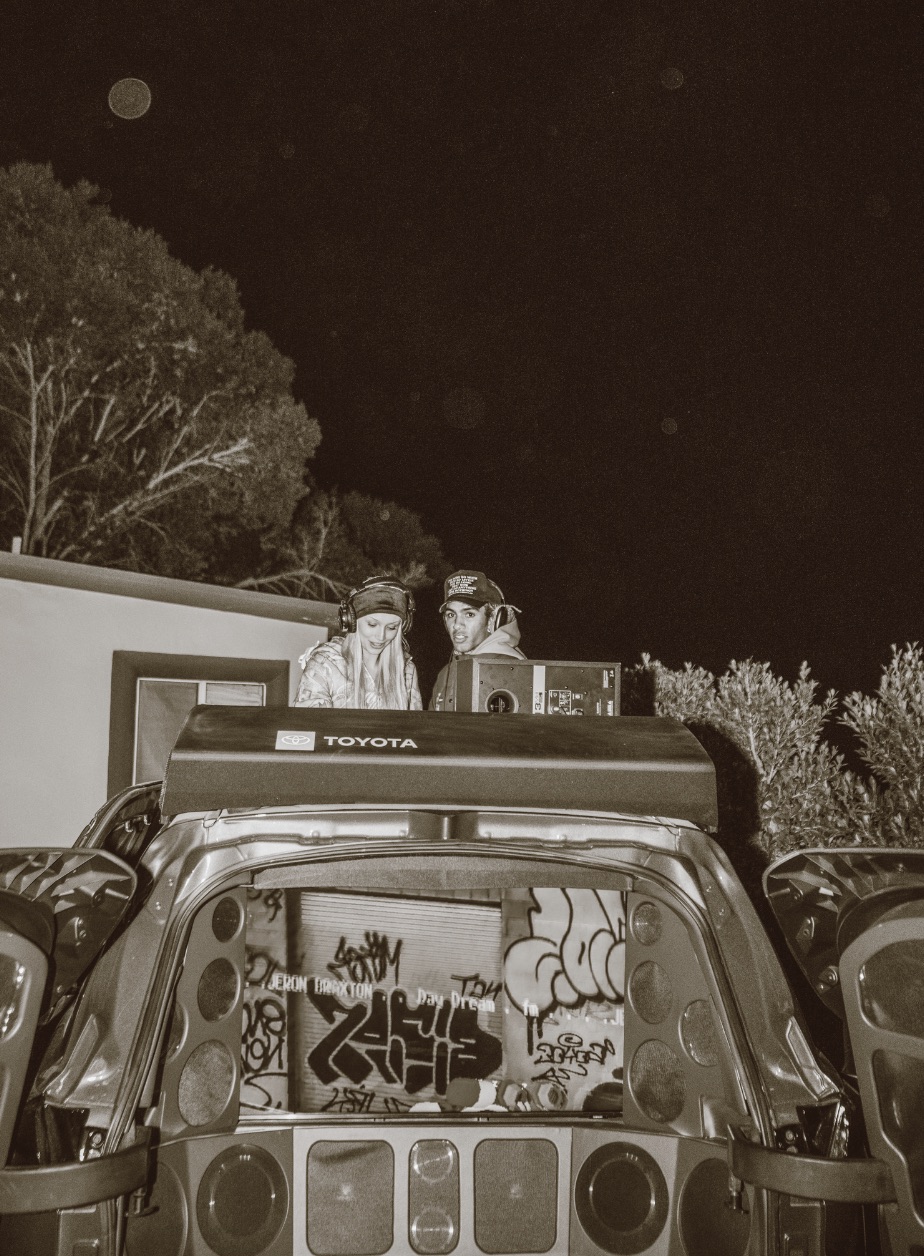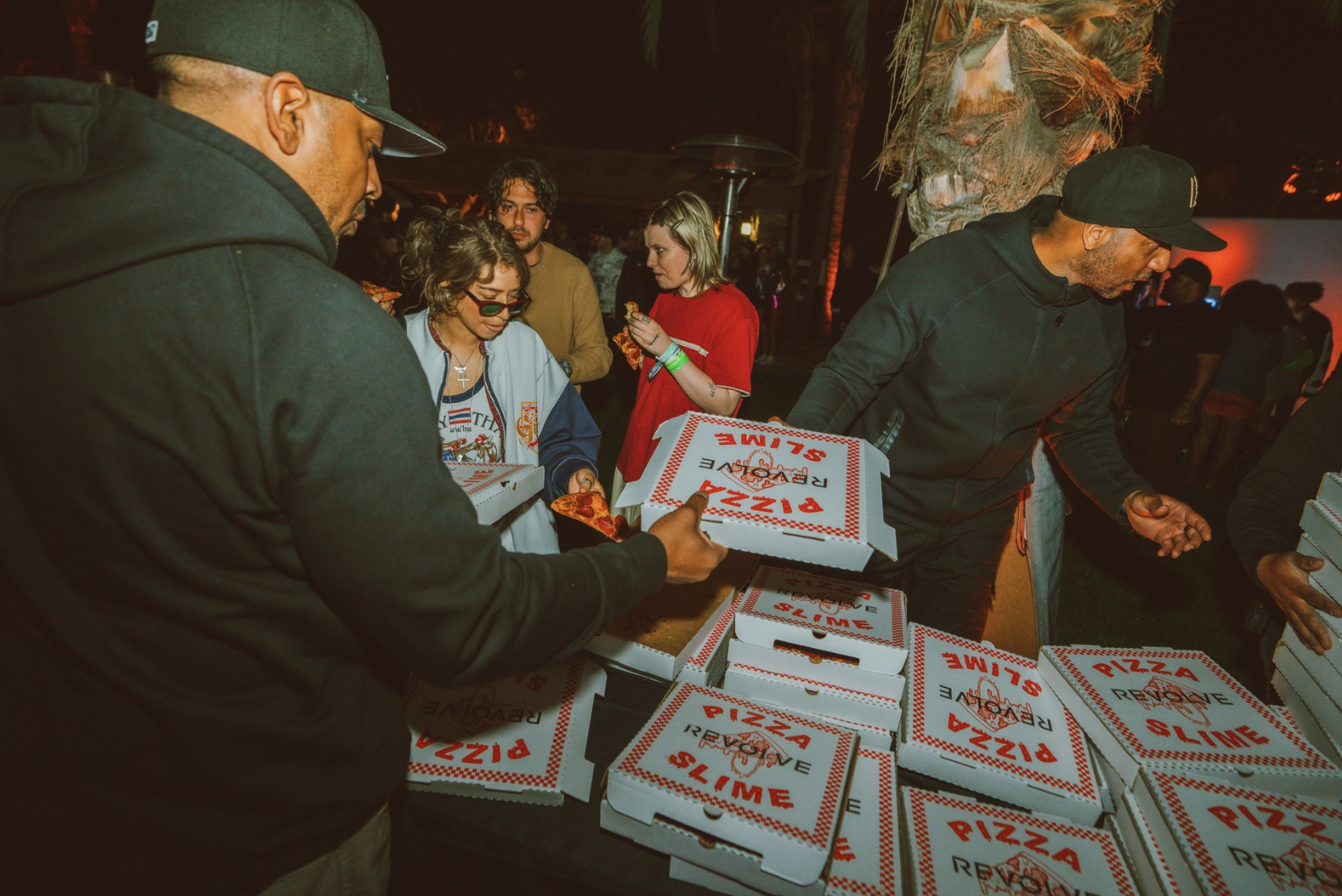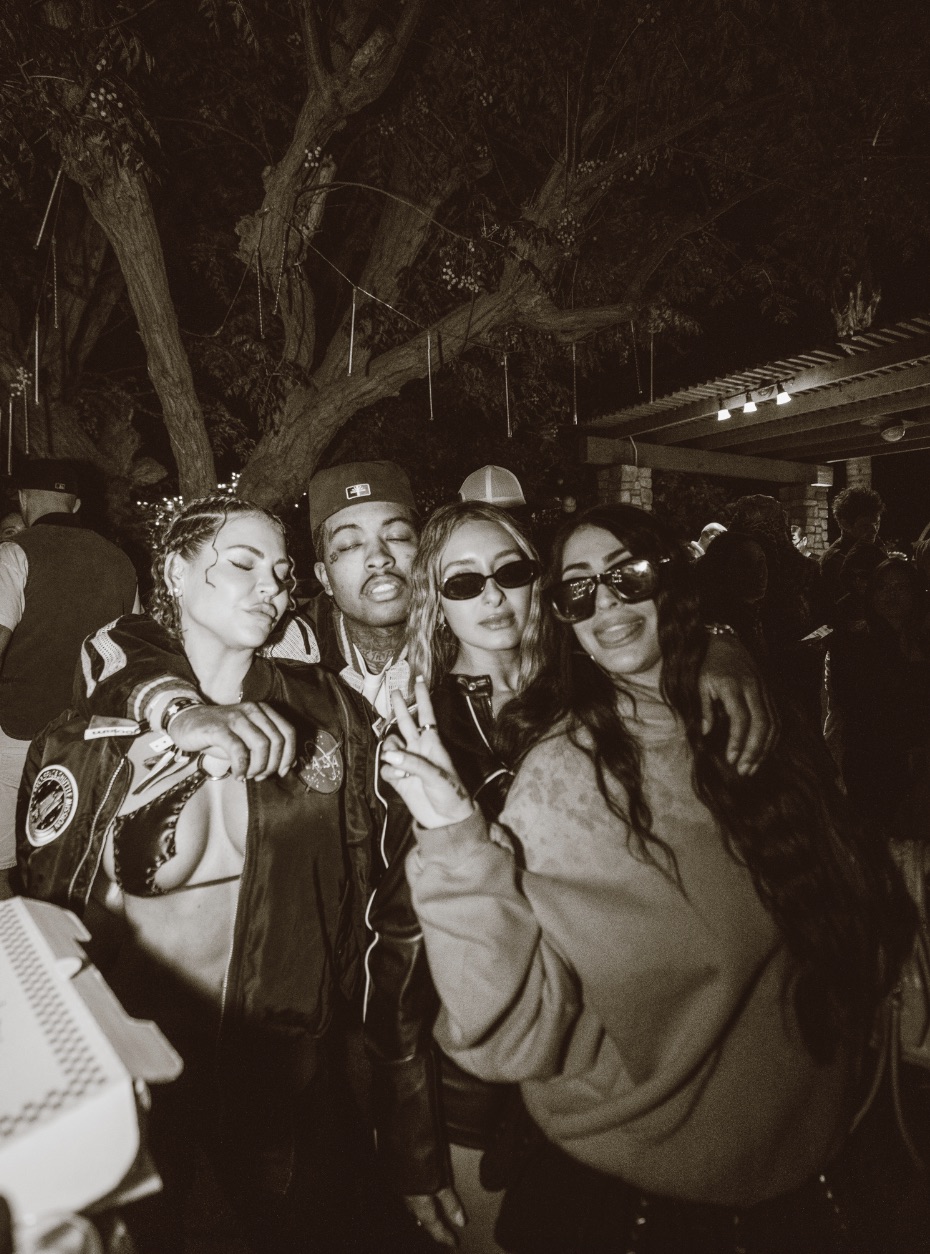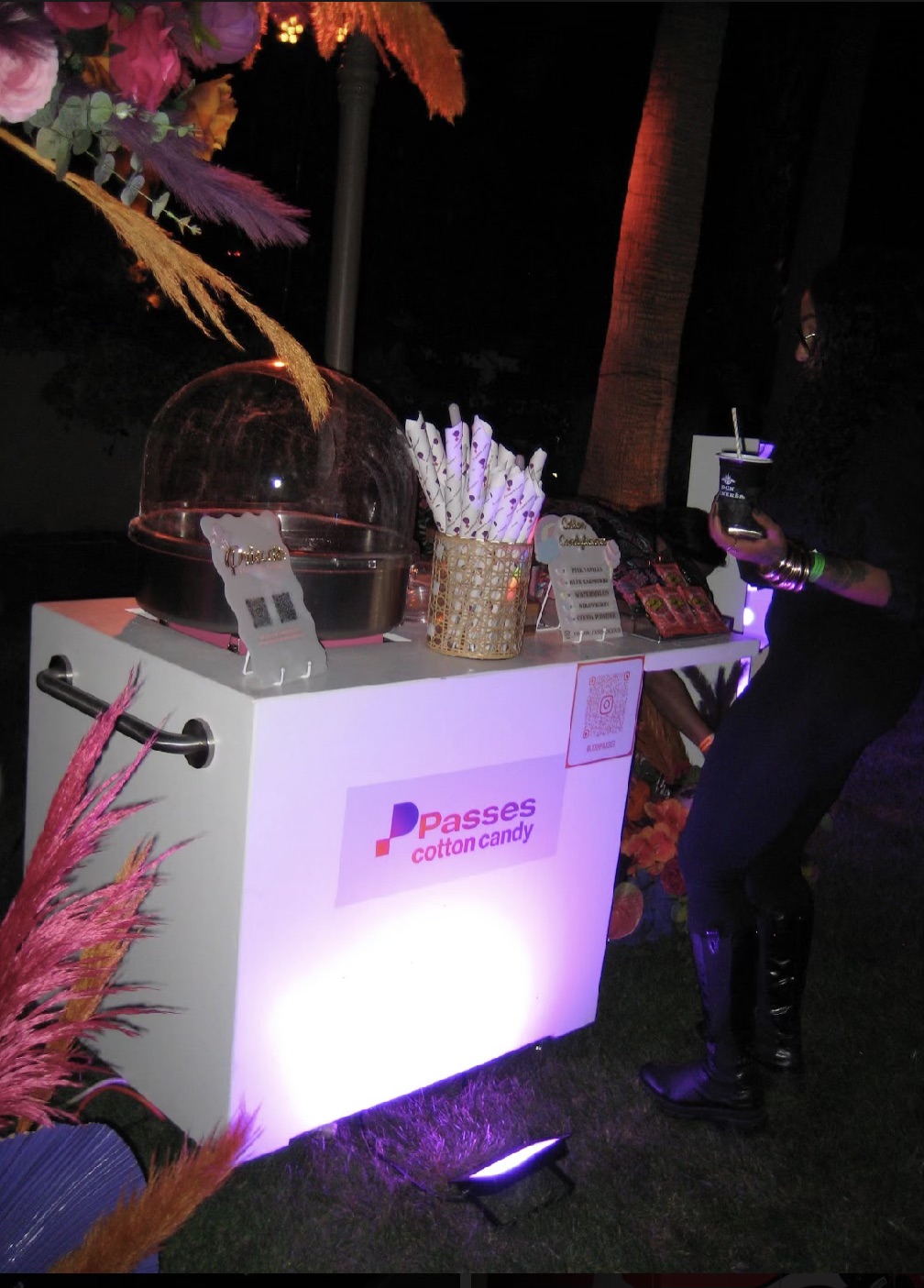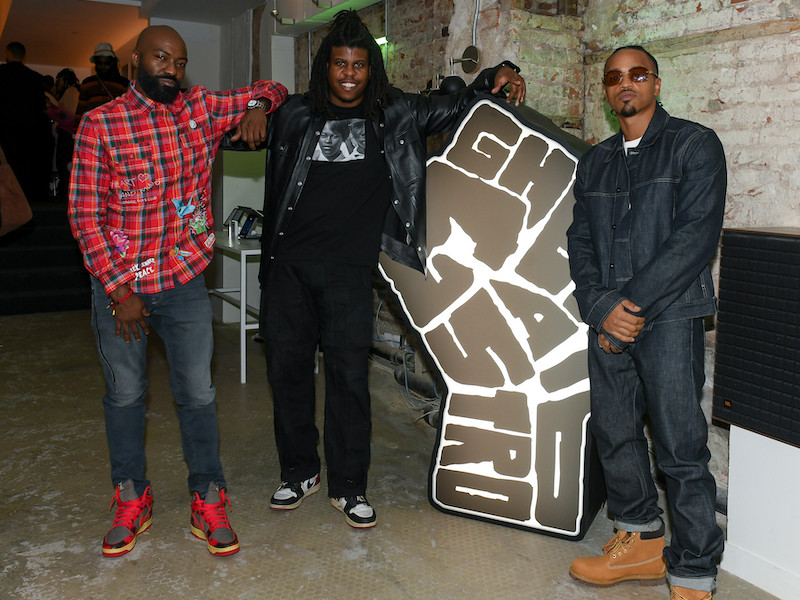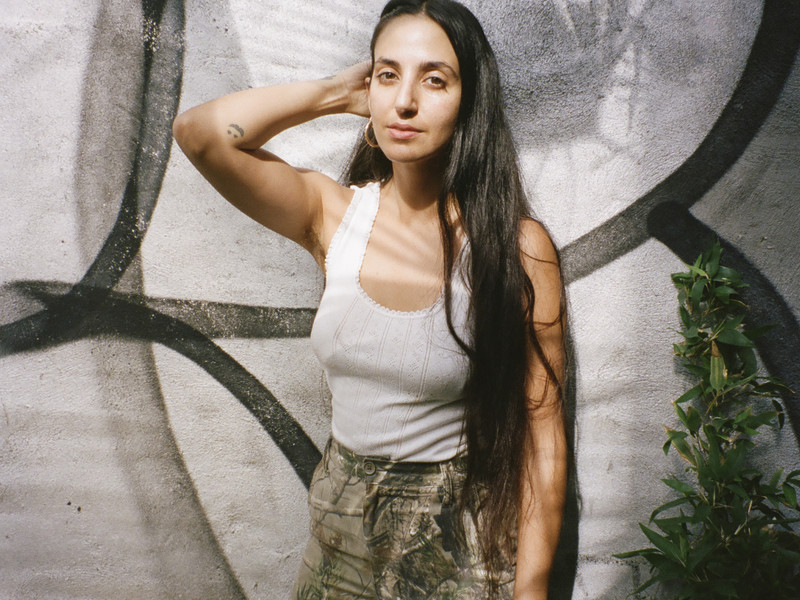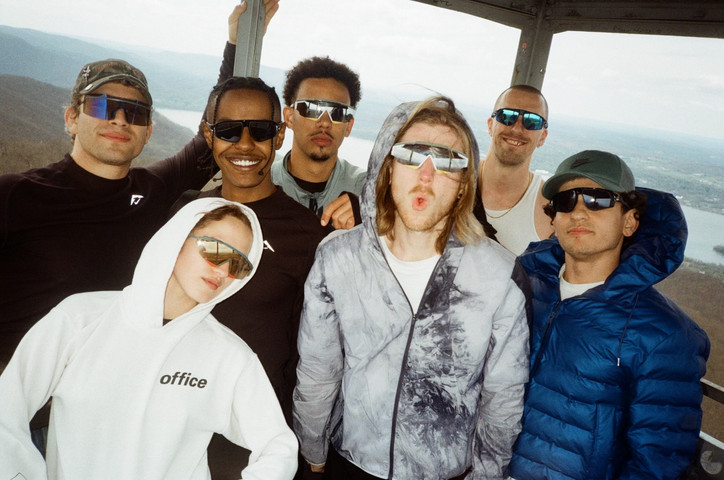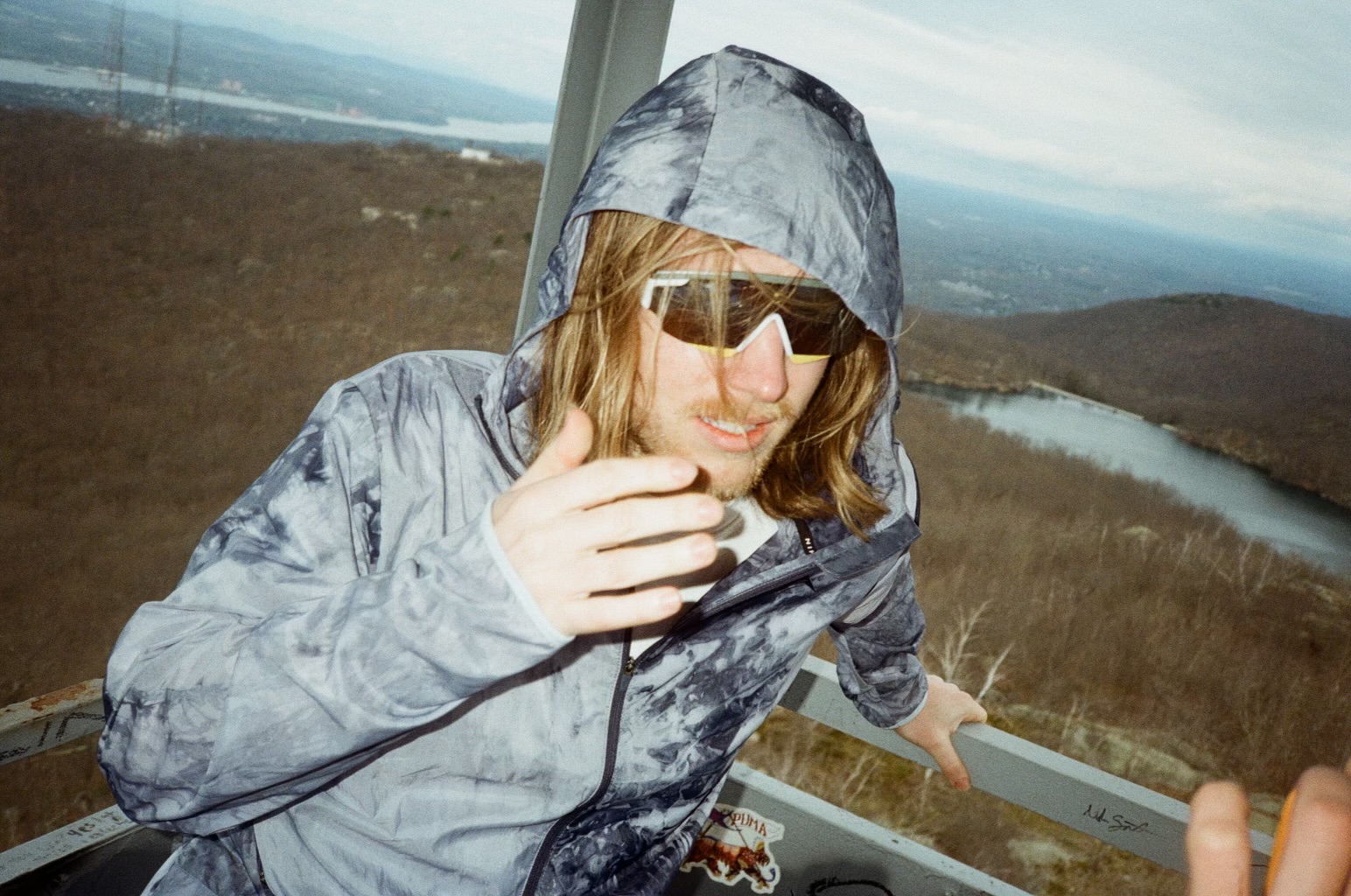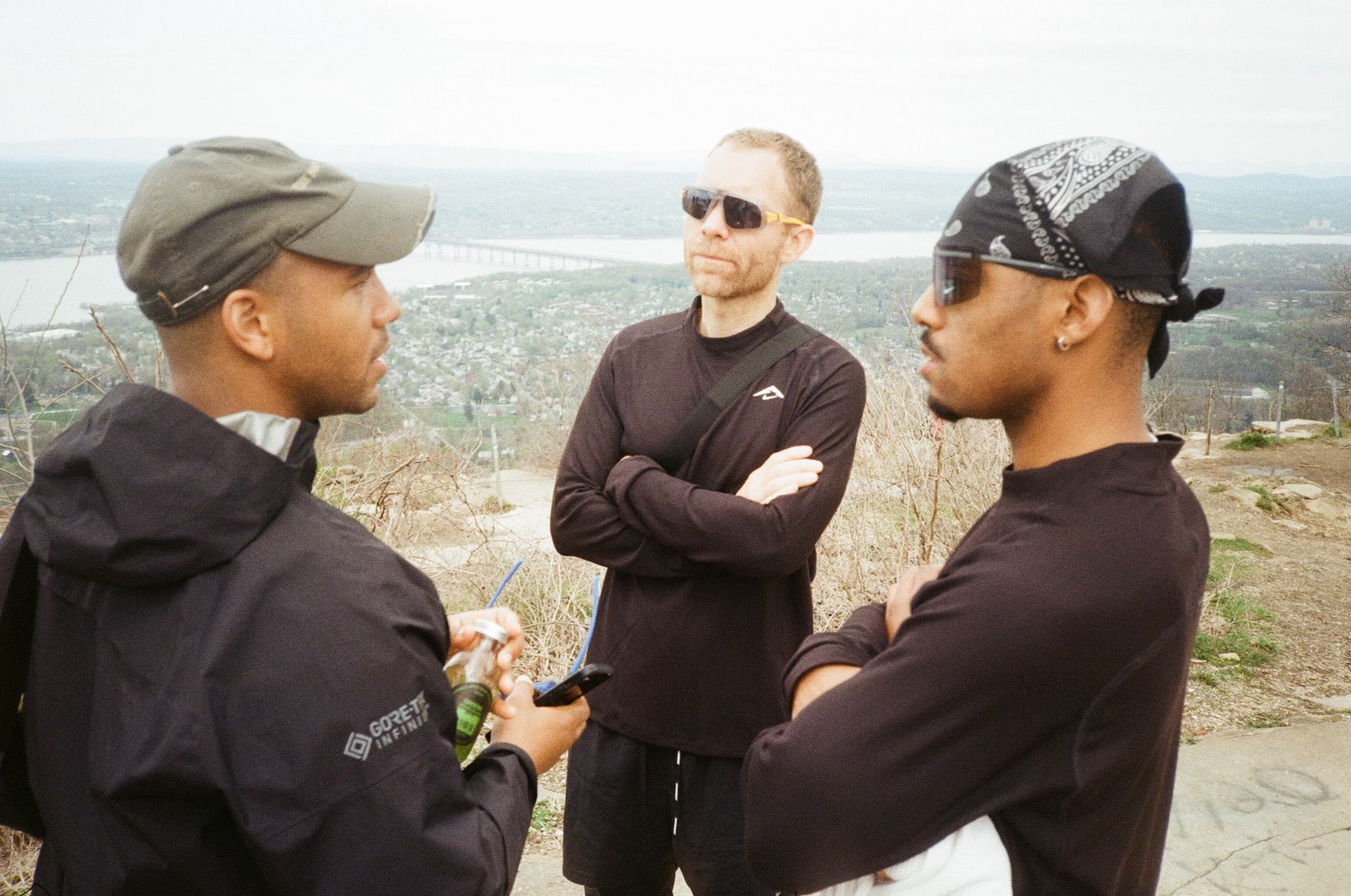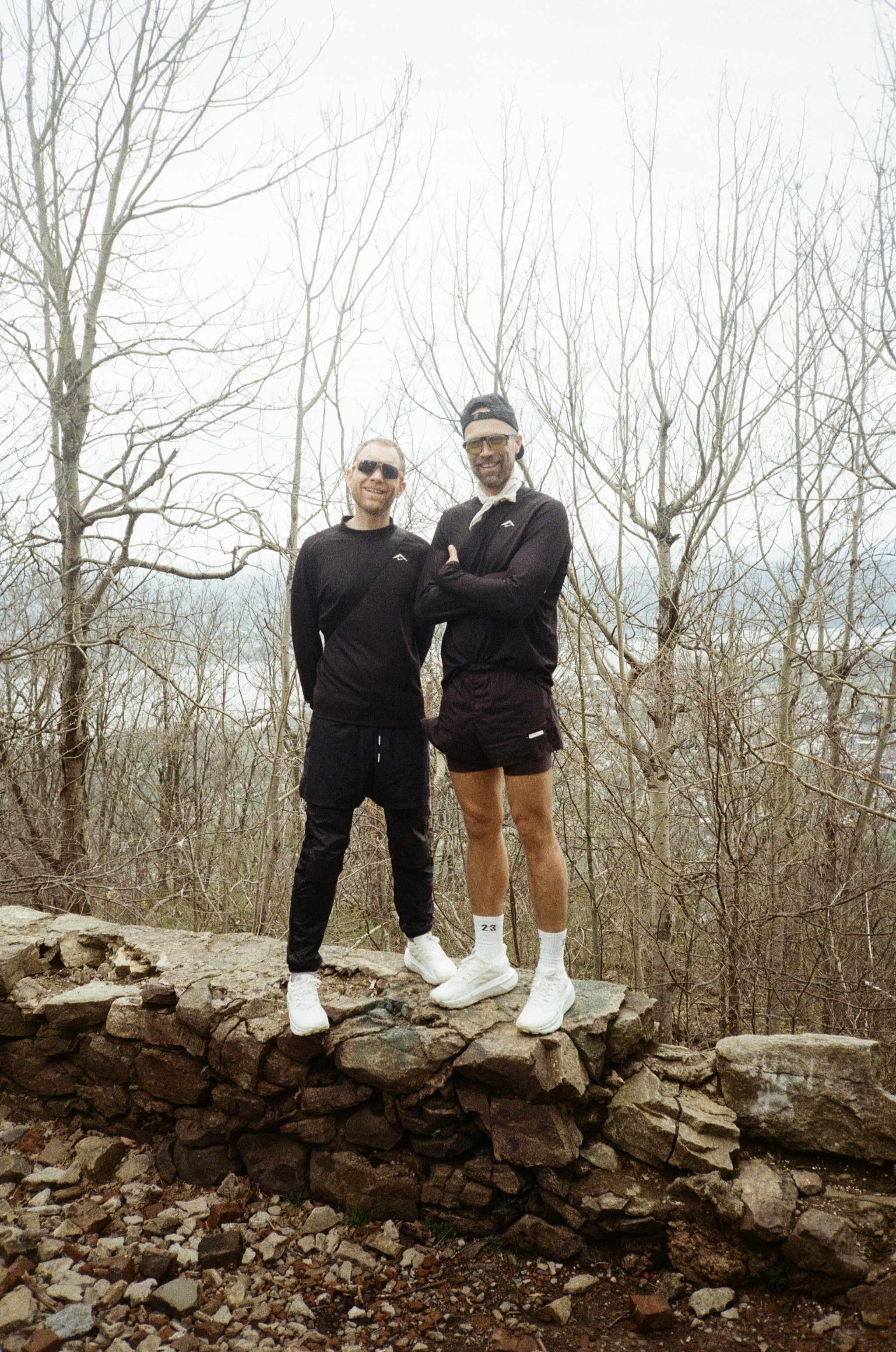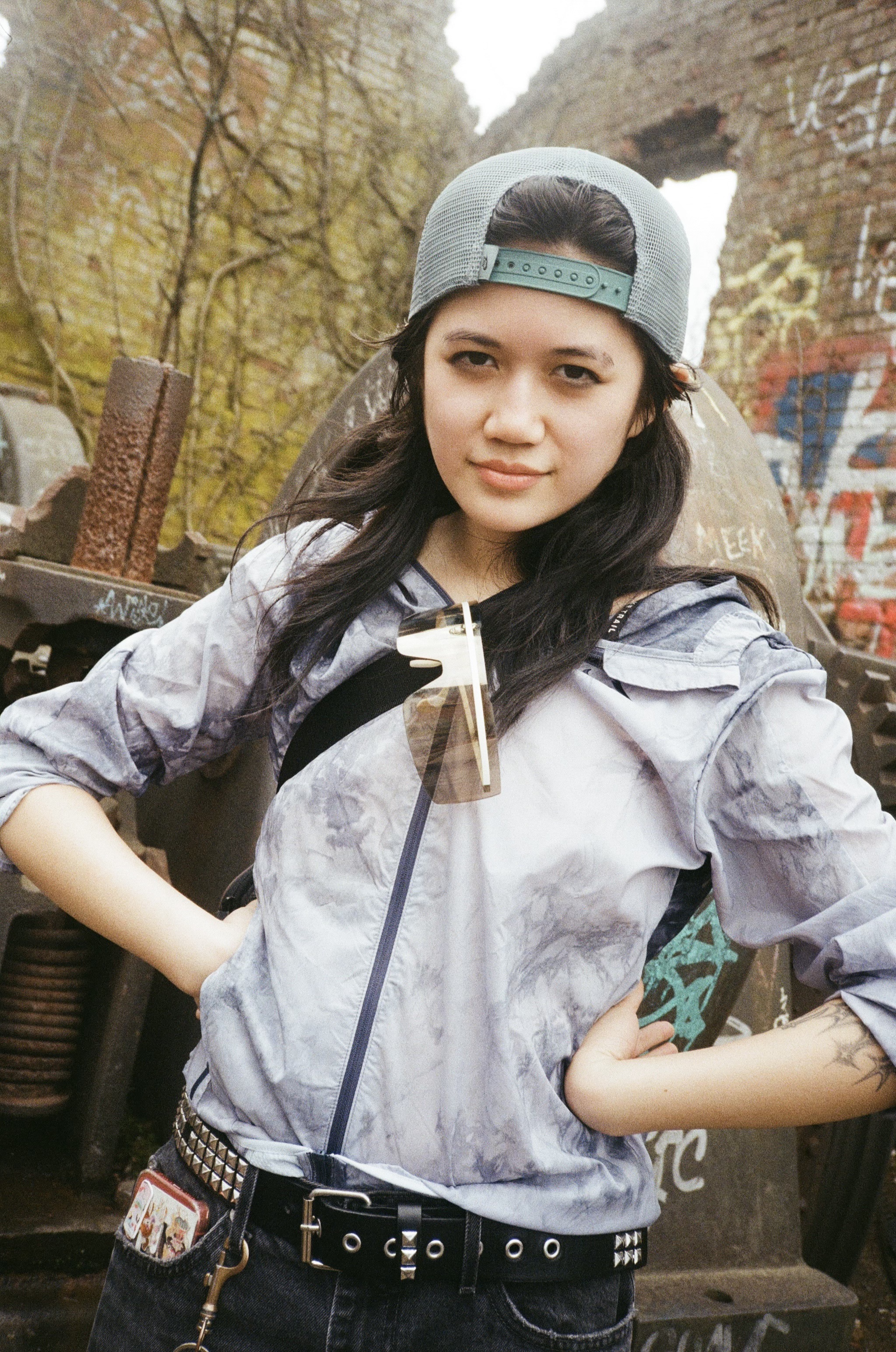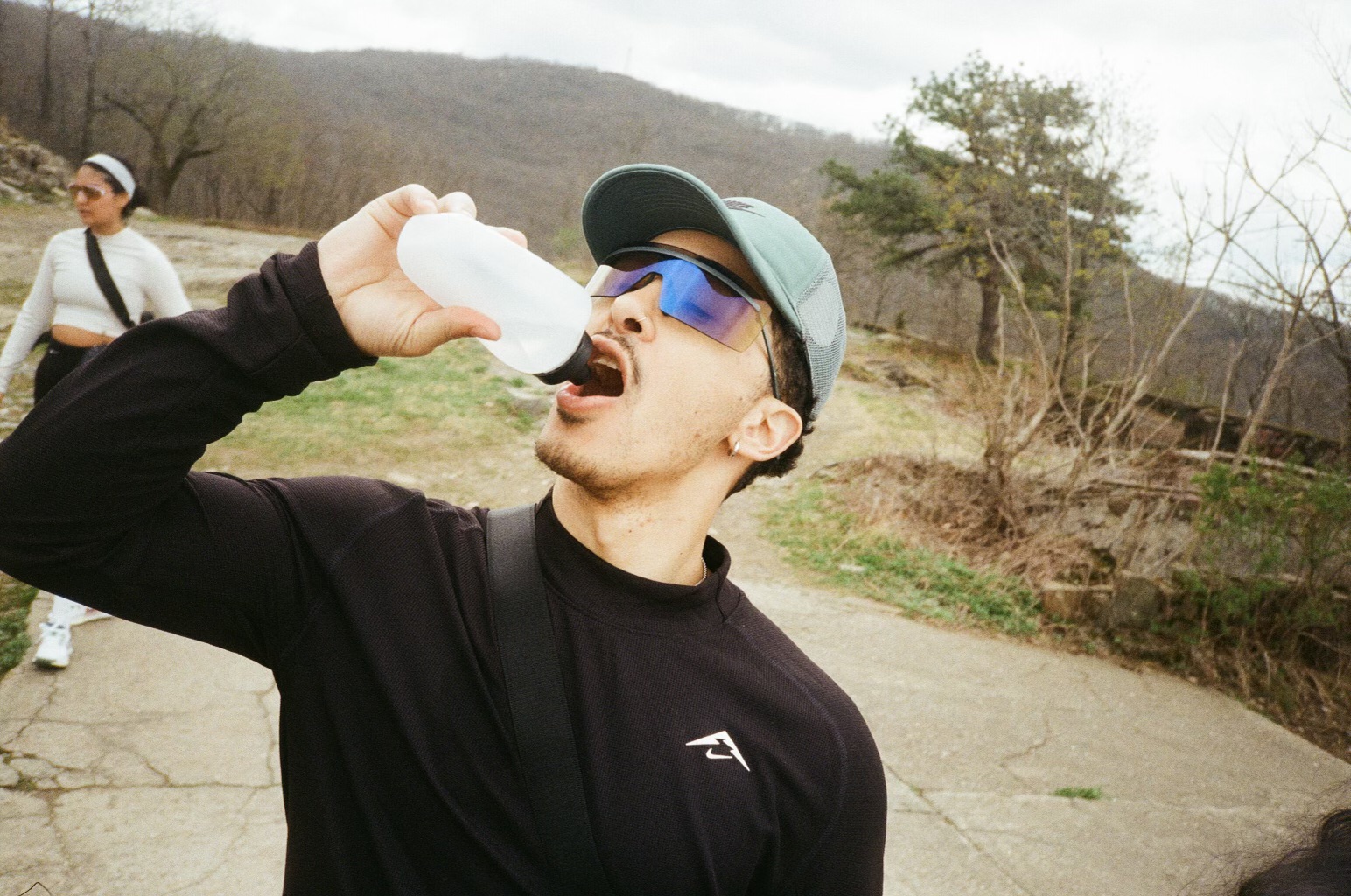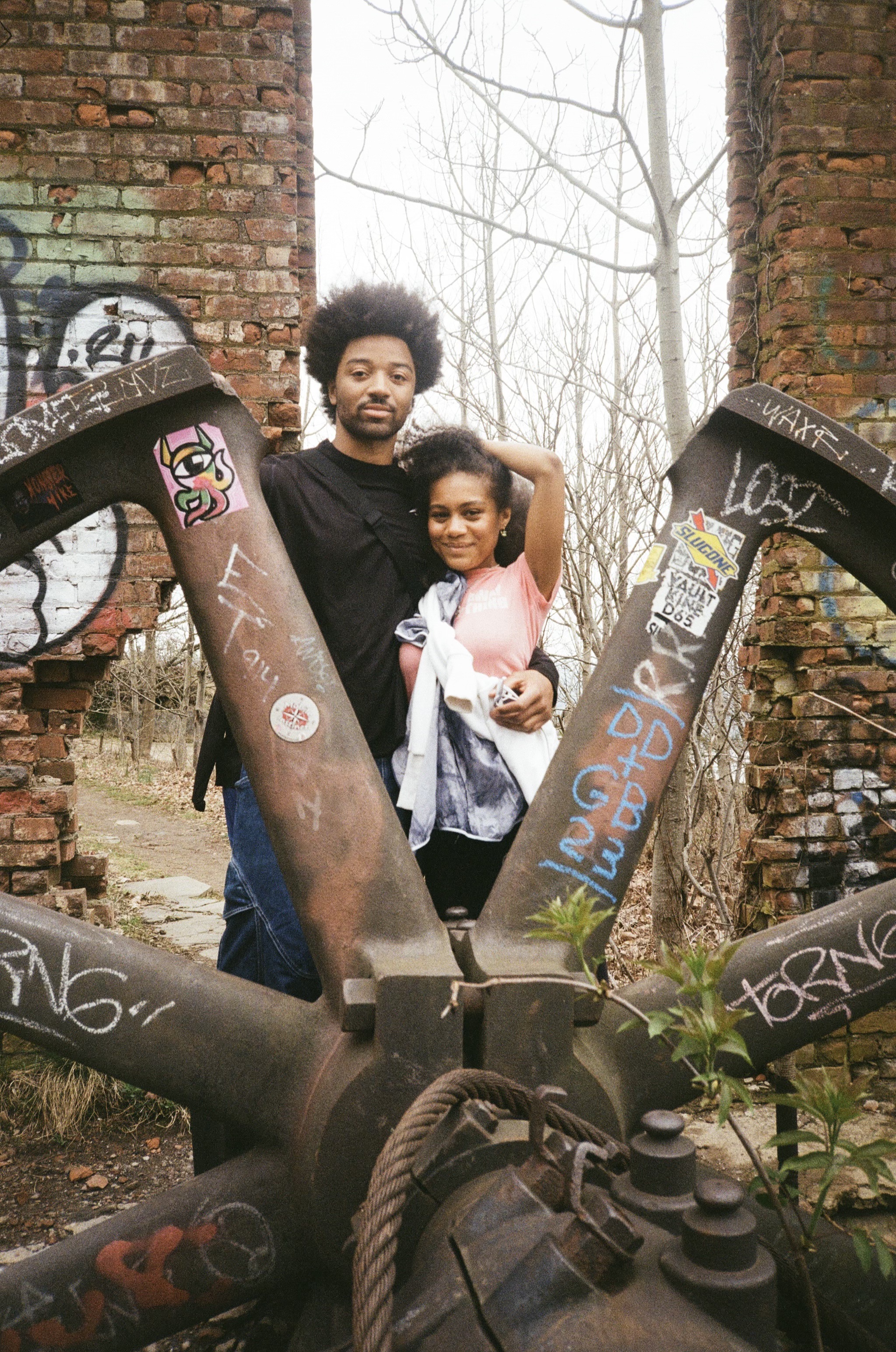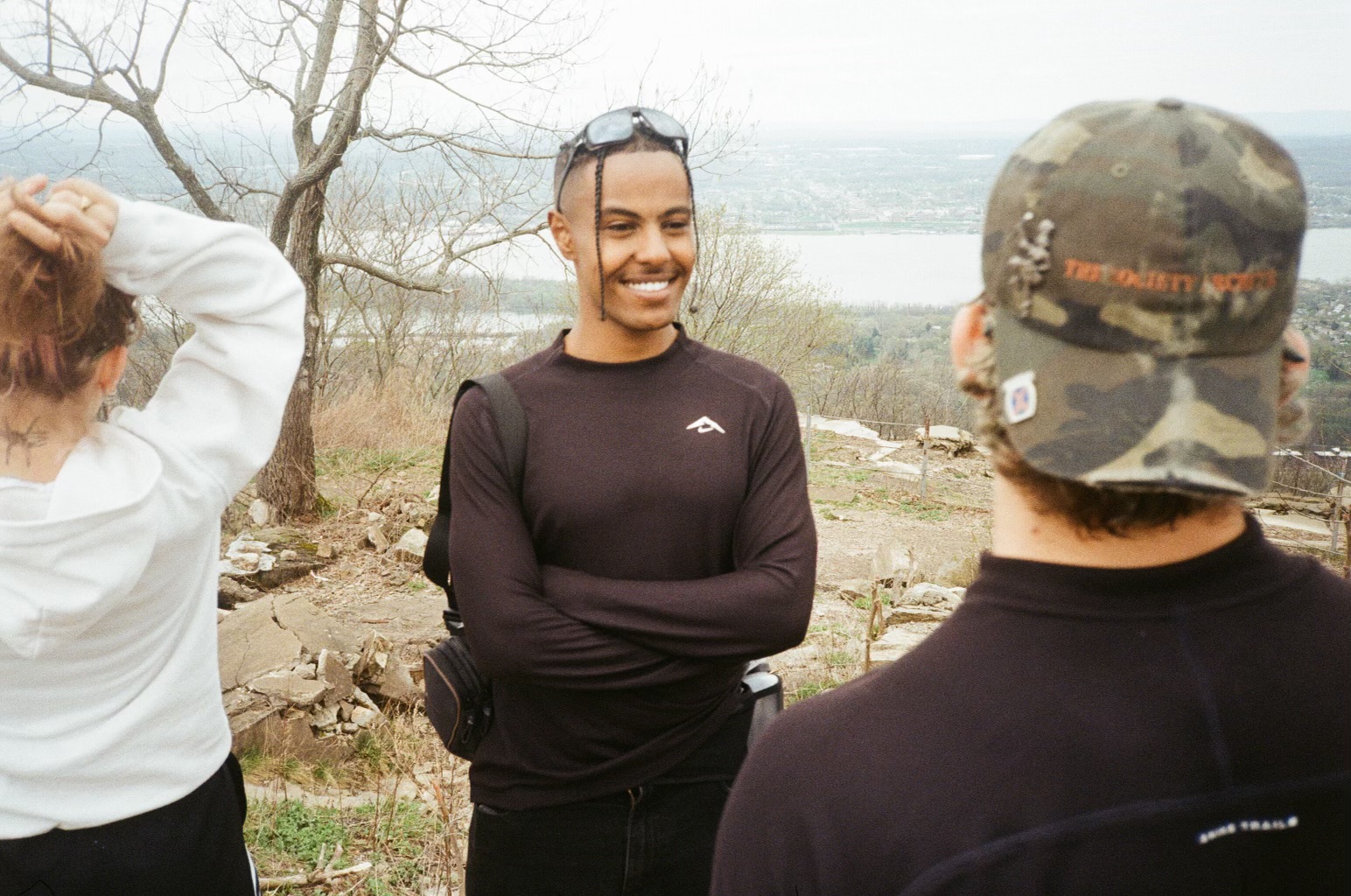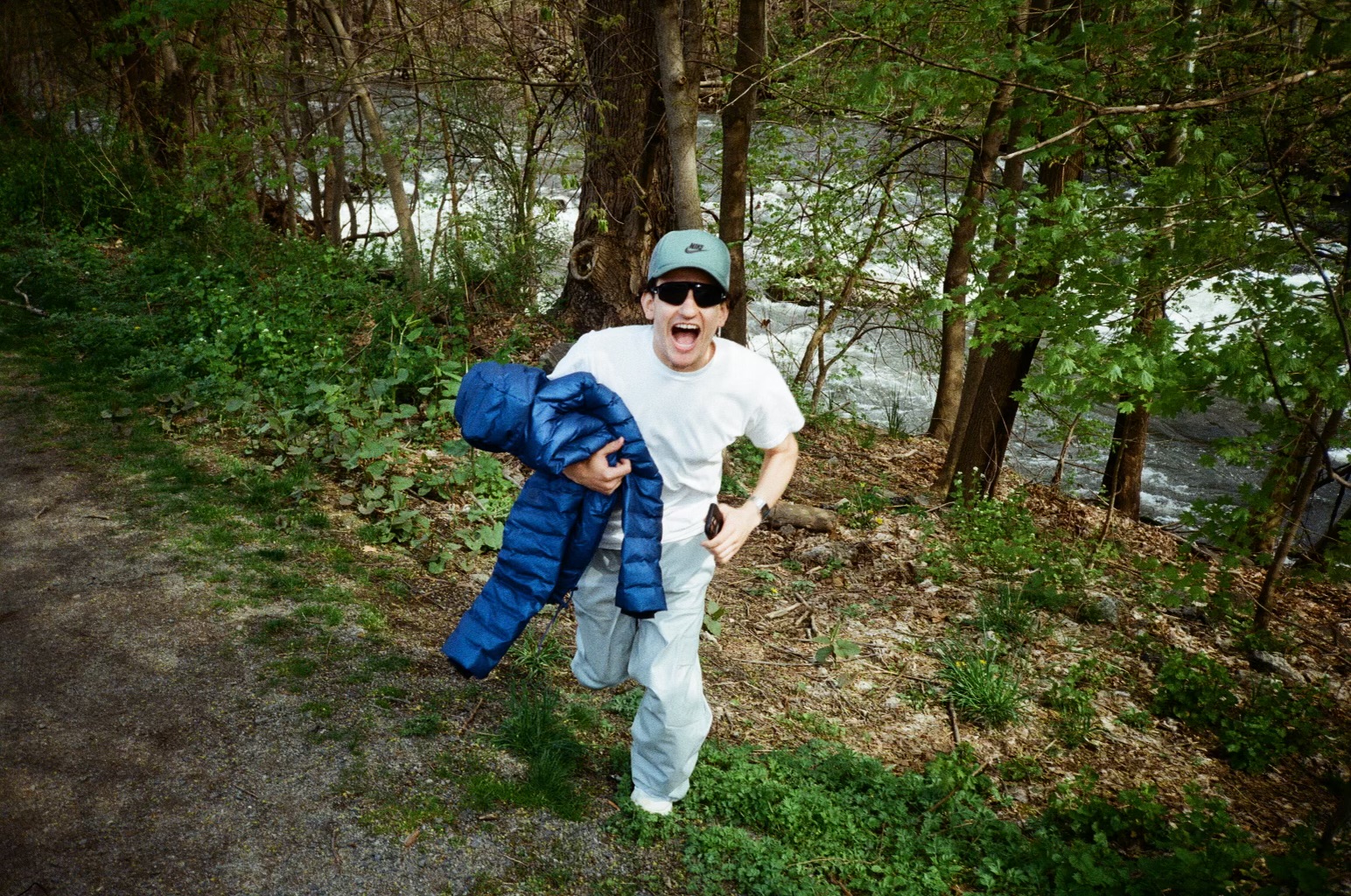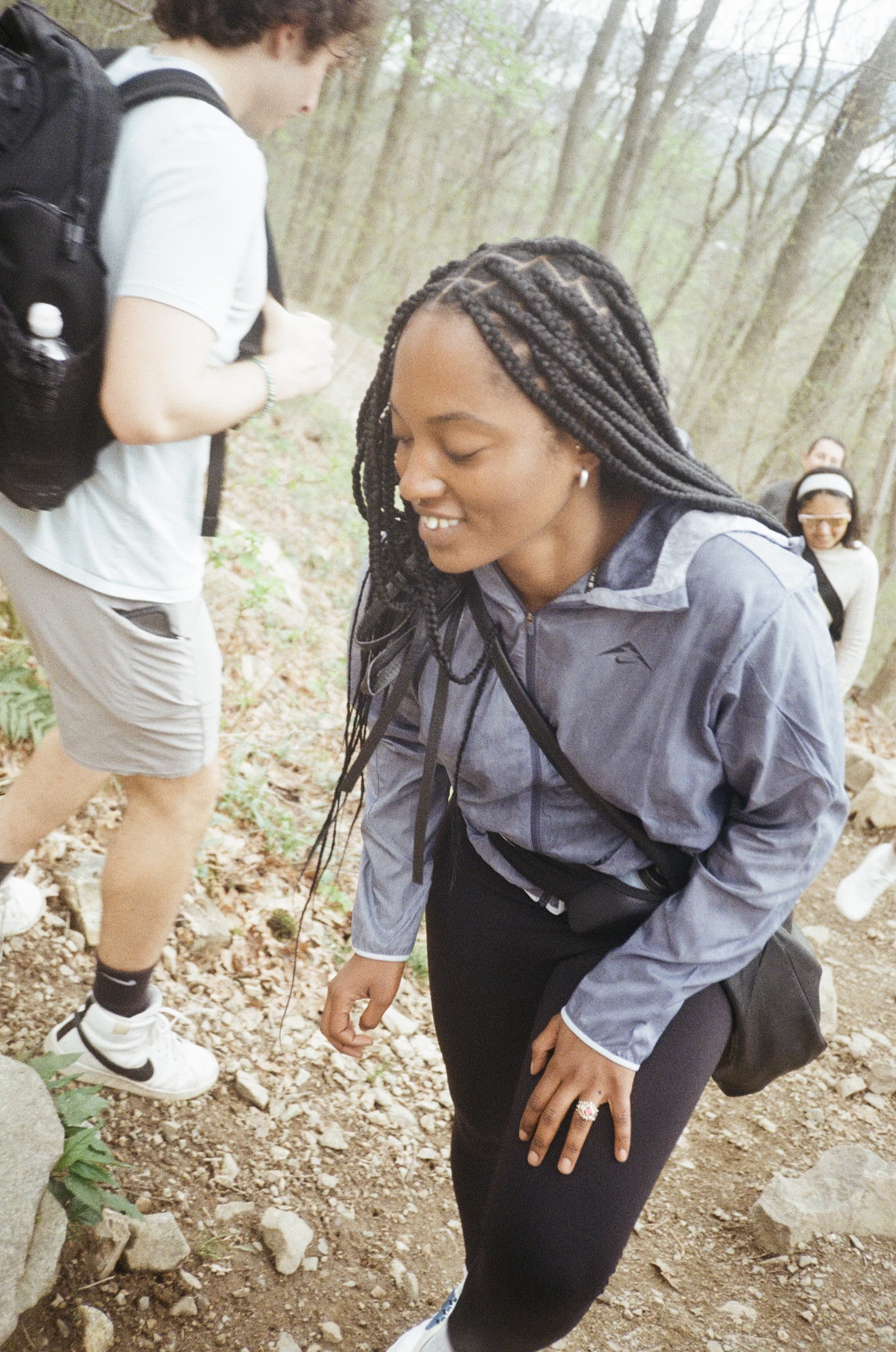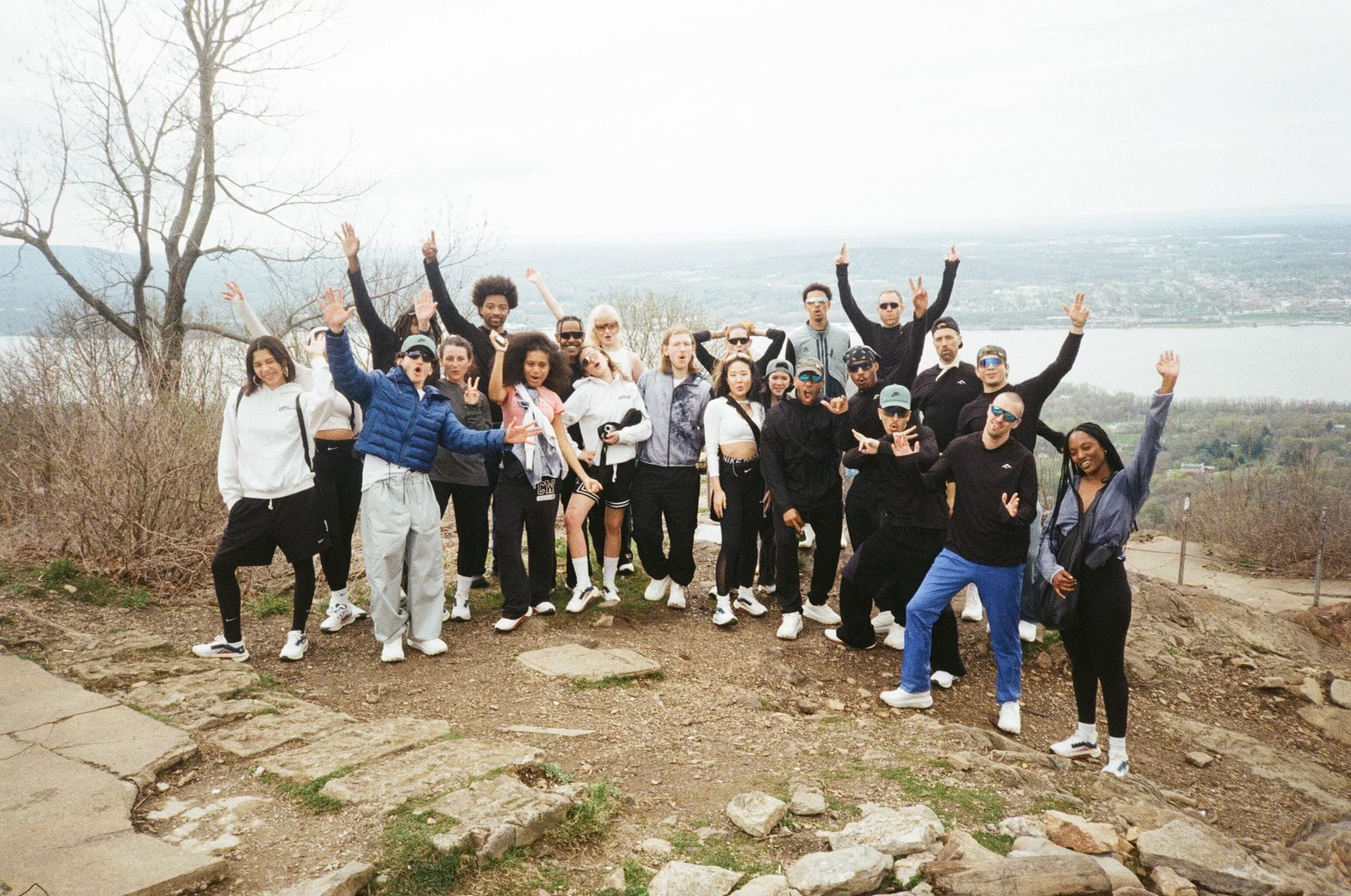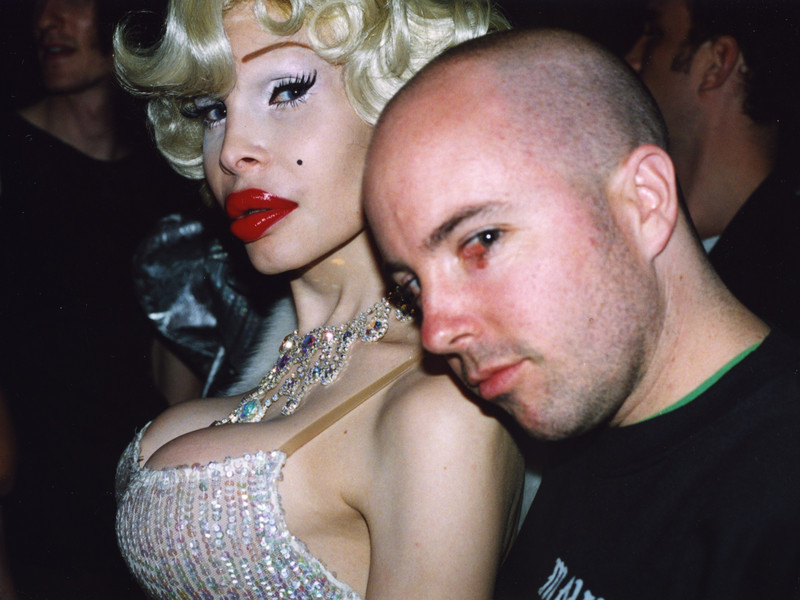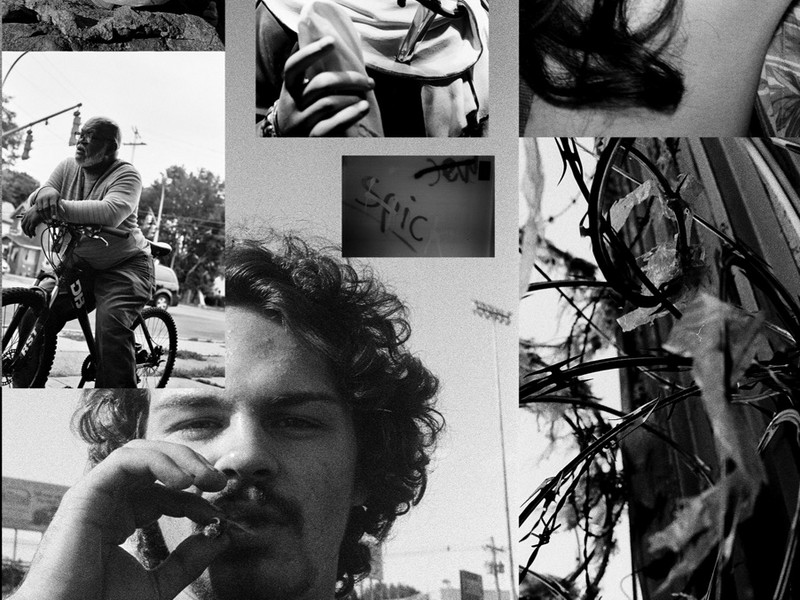After the Storm

[Sam Ozer shot by MI Leggett / top Official Rebrand x Raspaditos]
The thought of interviewing Sam seemed a bit intimidating — a young beautiful intellectual who had just reached a new height in her already impressive career — but, to my relief, what greeted me was a sweet smart person crashing at an artist residency while recovering from food poisoning.
“Thank god for this food poisoning,” she said, self-deprecatingly to the photographer that had joined me. “I’m going to look snatched in these photos.”
After the shoot, we settled ourselves in a private area of the apartment. Changed out of the OR?! designer PJs she wore for the shoot — selected to symbolize her ability to finally rest — she now wore her actual PJs, an old knit sweater, comfortable shorts, ankle socks, and her signature pair of Lindberg glasses. How this person, a normal relaxed person, could have put together what I had just experienced was baffling.
According to Sam, TONO came about organically, resulting from conversations with the Mexico City artist community that began when she moved there in 2021. Despite its scale, the planning process for TONO was relatively brief. “I started formally planning it in August,” she explained. “Nine months; TONO is my baby. Well eight and a half months, so I guess, my premature baby.”
This tight turnaround had some benefits, as it forced the project to move diligently forward. “I reached out to almost every museum in the city that engages with modern or contemporary art,” she said. “The final list is an amazing group of museums. For performance works, there was more flexibility and museums were more amenable to the shorter timeline… The city has some really interesting architectural sites that are naturally part of the museum landscape and in some instances allowed artists to make more site-responsive works. At the Museo de Arte Moderno, Osías Yanov presented a new performance piece and Lotte Andersen, Alonso Leon-Velarde, Max Manzano, and Naima Karlsson presented a music commission; both works responded to the museum’s marble rotunda.”
For a project this grand and improbable, it is ultimately Sam’s confidence that made TONO happen. “My attitude is solution based,” she explained. “That’s the reason my projects are possible. If someone says, ‘I don't know, we haven't done this before...’ I’m like, ‘well, what if you did?’ To some people it can feel very assertive, but it’s necessary for things to get done.
She explains that “as it was the first year, I was fundraising while organizing the project so I had to be very careful with our cashflow and I didn’t want anyone working for free. This meant I was very physically involved–from hauling cans of Perrier, checking people in at events, to installing floor mats for the final performance.”
Her phone next to her on the couch erupted in a flurry of messages and she turned it face down and politely slid it away.
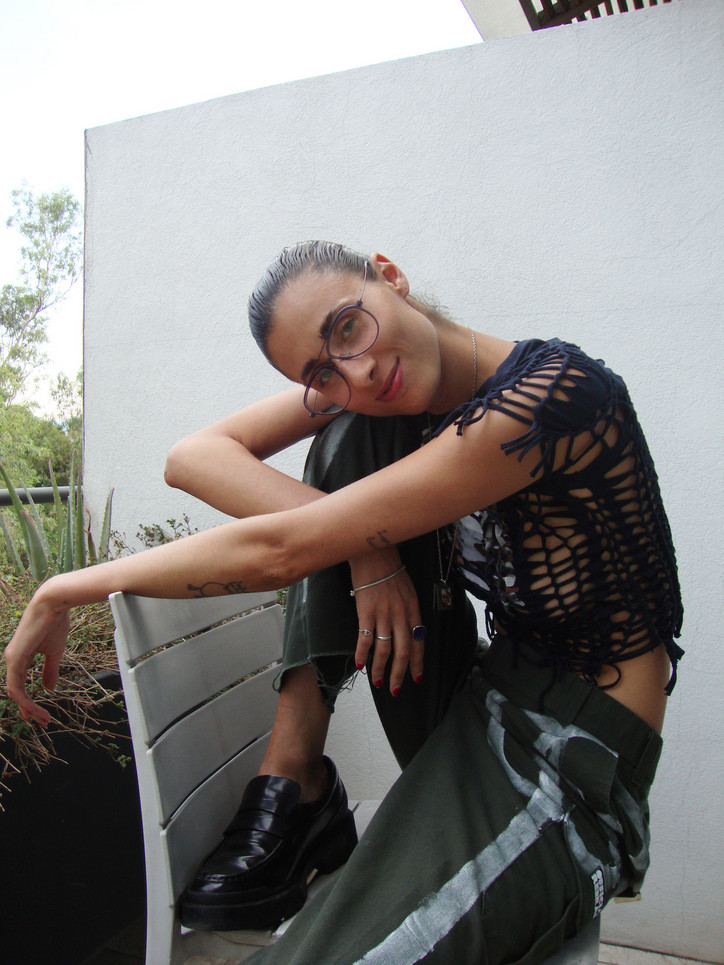
[Sam Ozer shot by MI Leggett / pants Official Rebrand / top Raspaditos x Official Rebrand]
Tying TONO together, with its myriad of locations and multiple mediums, was a sustained focus on time-based work. “Time-based work is generally defined as work that addresses or suggests a duration of time,” Sam explained, and that the term usually refers to video art, sound art, and performance. As this is very expansive, she elaborated that she “is specifically interested in work in which the artist has dictated the amount of time a viewer spends with it. So if a performance is thirty minutes, the artist has asked you to give this much time to the work. Of course you can leave but the artist and work itself have given a set of parameters for how to view it. Whereas, with a painting you could spend five minutes or five hours with it. As a curator, I find it interesting from a perspective of control.”
The diversity of the venues and artists, then, when all focused on this specific prompt are forced into a discourse with one another. “I wanted TONO to be a way to connect several museums, around the city, with different specialties, in a conversation about time-based art. Also, it’s not just performance, not just sound art, not just video art, but all of them together in one project. Having one discussion.”
In this moment of unbridled creativity and nightlife and art in Mexico City, there is also rapid gentrification. I had to ask this New York-born curator how she grappled with choosing this specific city to project her vision.
“I welcome any critique that anyone has,” she said without blinking. “This project developed out of a series of projects I had done with galleries and museums in Mexico City and grew naturally from spending time here. For TONO, my partner venues were all equal collaborators, headed by extraordinary women. I worked closely with Nadia Baram, Brenda Caro, Karla Niño De Rivera, Lucía Sanroman, Valeria Macias Rodríguez, and Monica Landa at their respective spaces, and some helped guide me in my process.” When looking through the catalog of featured artists, there was a diversity of nationalities represented; including artists from Armenia, Brazil, Peru, Colombia, Argentina, the United States, as well as many Mexican artists.
Sam holds a genuine love and respect for both the city and the community she’s found there. “People are incredibly generous here,” she said to me near the end of our interview. “With their resources, but more so with their time. You meet someone and they invite you to lunch at their mom’s house the next day.”
On my walk home, I thought back to the night of TONO's centerpiece opera, entitled Atlacoya: Agua Triste del Lago de Texcoco by techno label NAAFI. Presented in a former textile factory– which now serves as a cultural center and houses the NAAFI studio, amongst other creative projects–- the crowd milled into the cavernous space to find two seemingly separate scenes: a man digging a hole into a pile of rubble (Pepx Romero) and La Bruja de Texcoco applying makeup while looking into an 11-foot mosaiced vanity.
People wandered about, conversing and drinking, admiring the two pieces, but confused, as we had been told we were coming to an opera. The energy in the room shifted as La Bruja de Texcoco stood and the crowd fell silent. Bathed under blue light, sacred smoke emanating from her chalice, she began singing a song of gods and water and sex and rage. Pepx Romero began engaging in the performance, and the solo became a duet. The stage shifted moment by moment, as the crowd tripped over each other to stay out the performers’ paths. Plaster and concrete dust filled our lungs and dirtied our clothes. The performers climbed and danced and serenaded and maimed each other. Musical instruments dropped from the ceiling and were played mournfully by La Bruja de Texcoco. The warehouse itself joined the performance, with seemingly abandoned machinery transformed into devices of torture and death, and an industrial boiler rupturing, raining water onto the performers and crowd. The sense of loss and anger were palpable and it felt like anything could happen.
This spontaneity, this energy, was the core of TONO’s success; the thunder of witnessing something brand new and breathtaking.
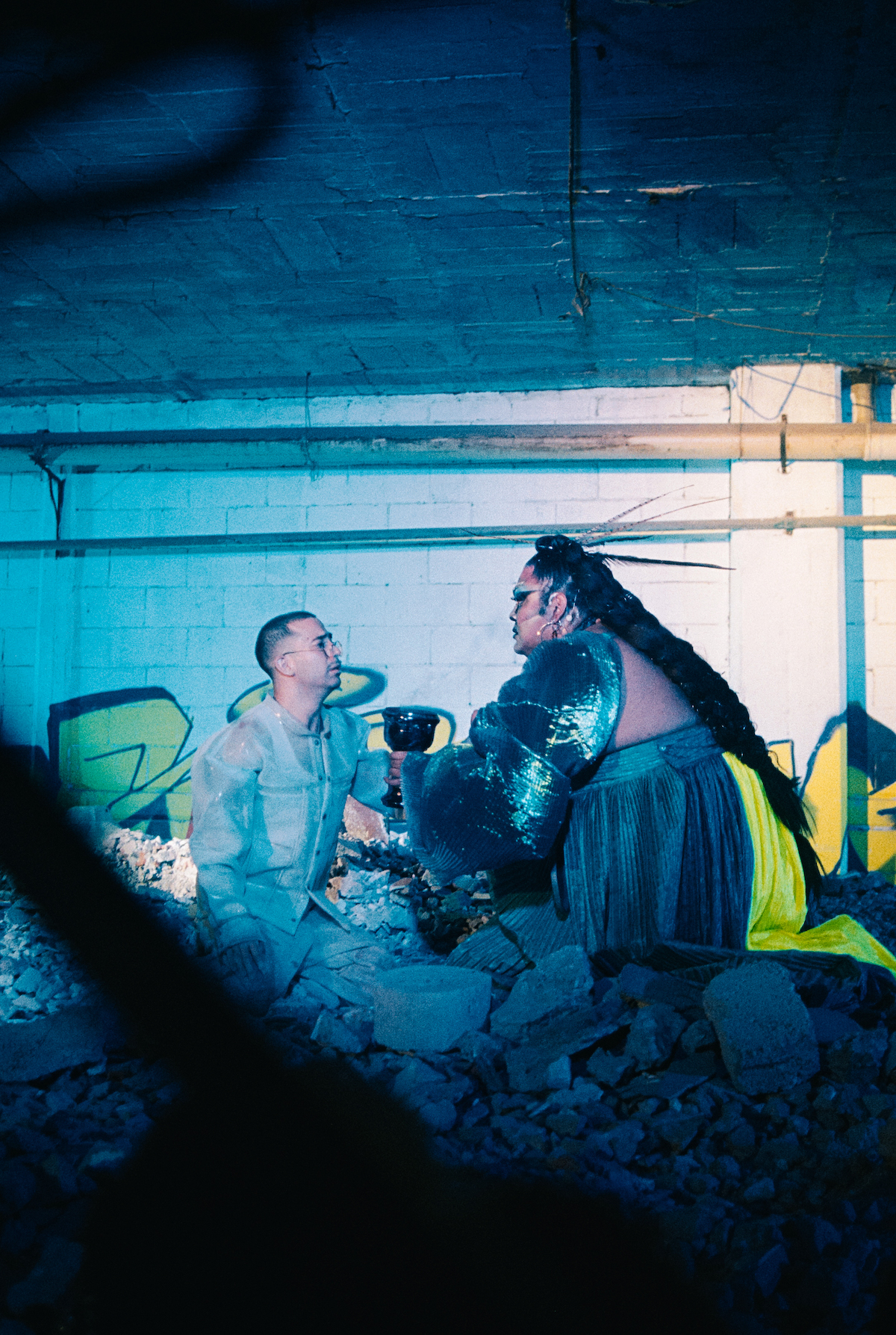
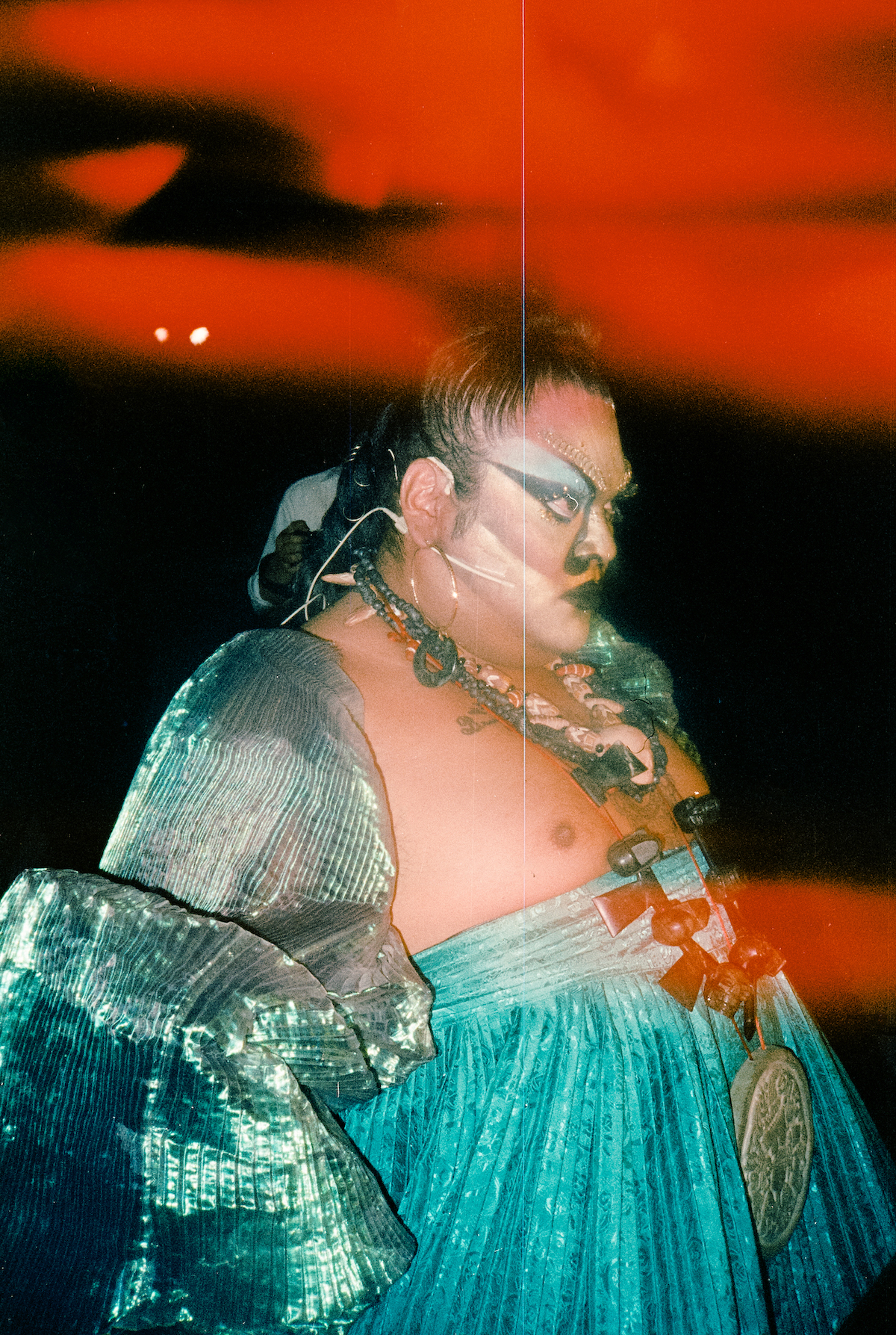
[La Bruja de Texcoco and Pepx Romero in Atlacoya: Agua Triste del Lago de Texcoco at Zyanya, photo credit: Rodrigo Álvarez]
![[Kebra and Bruja Prieta B2B set at Cafe Sismo, photo credit: Pablo Astorga] [Kebra and Bruja Prieta B2B set at Cafe Sismo, photo credit: Pablo Astorga]](https://officemagazine.net/sites/default/files/cafesismo_tono-53.png)
![[Diego Vega Solorza dance performance “Dorje” at Ex Teresa Arte Actual, photo credit: Brenda Jauregui] [Diego Vega Solorza dance performance “Dorje” at Ex Teresa Arte Actual, photo credit: Brenda Jauregui]](https://officemagazine.net/sites/default/files/dorje_diegovega_tono-20.png)
![[Ligia Lewis “deader than dead” performance at Proyecto Público Prim] [Ligia Lewis “deader than dead” performance at Proyecto Público Prim]](https://officemagazine.net/sites/default/files/_dsc4628_web.jpg)
![[La Bruja de Texcoco and Pepx Romero in Atlacoya: Agua Triste del Lago de Texcoco at Zyanya, photo credit: Rodrigo Álvarez] [La Bruja de Texcoco and Pepx Romero in Atlacoya: Agua Triste del Lago de Texcoco at Zyanya, photo credit: Rodrigo Álvarez]](https://officemagazine.net/sites/default/files/25375-31.jpg)
